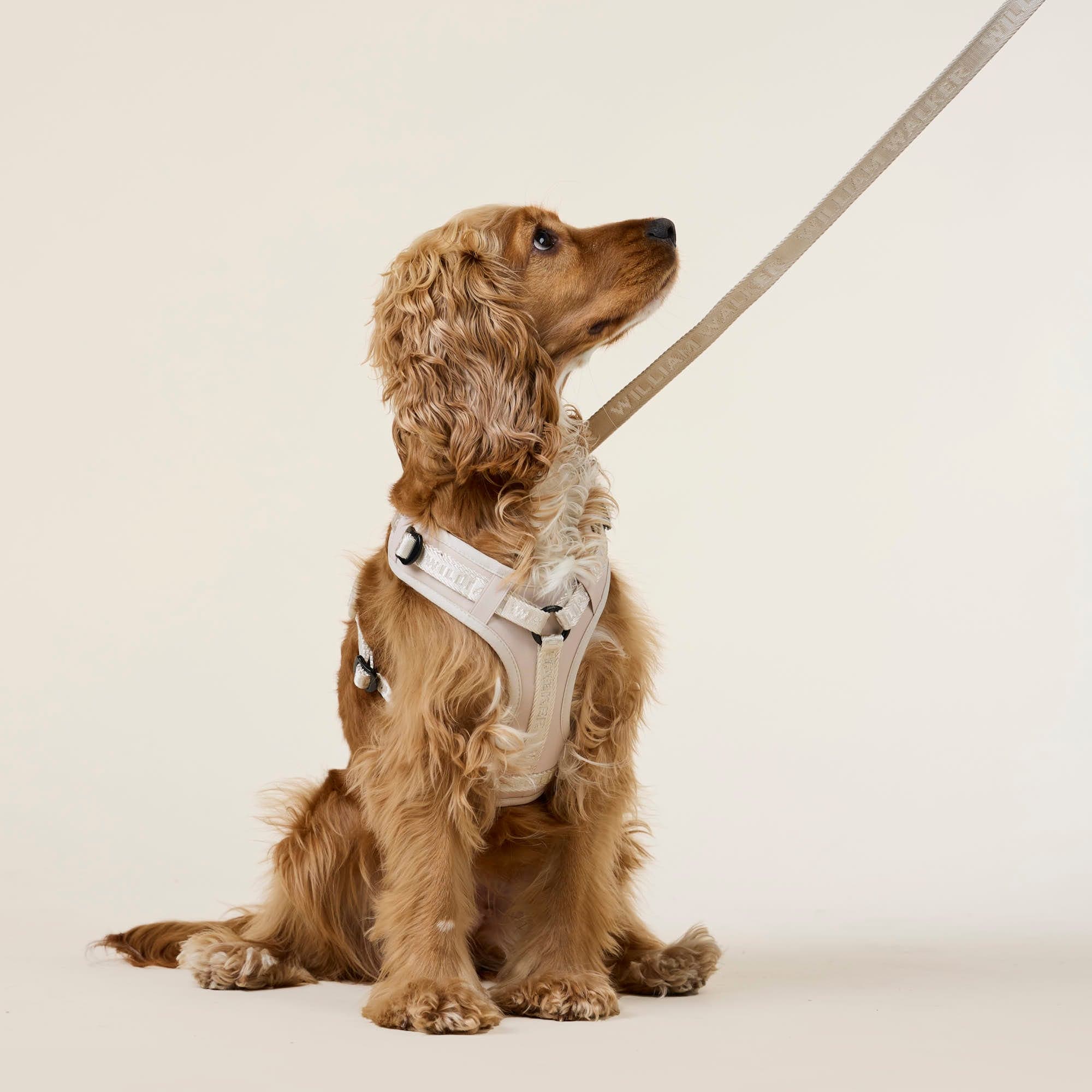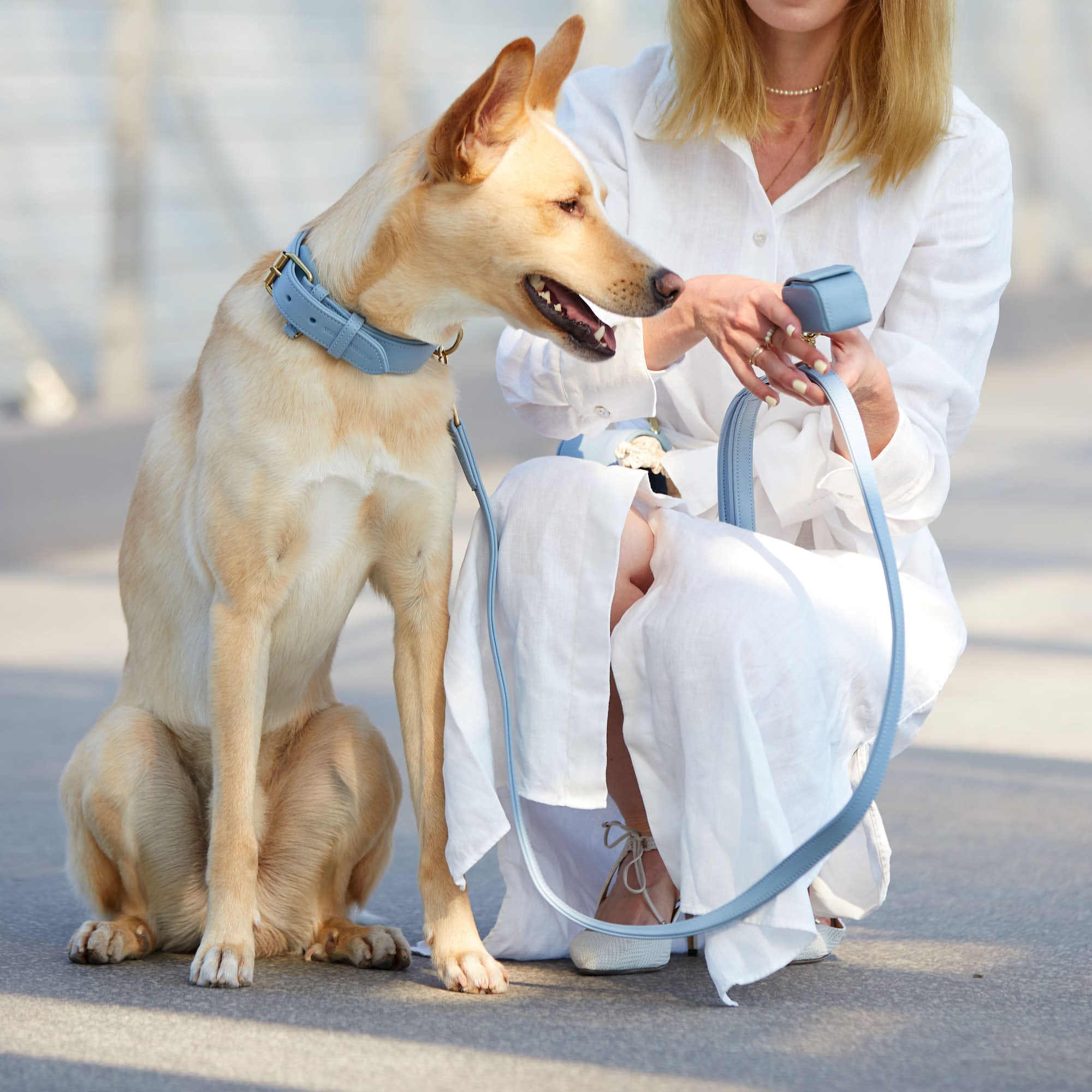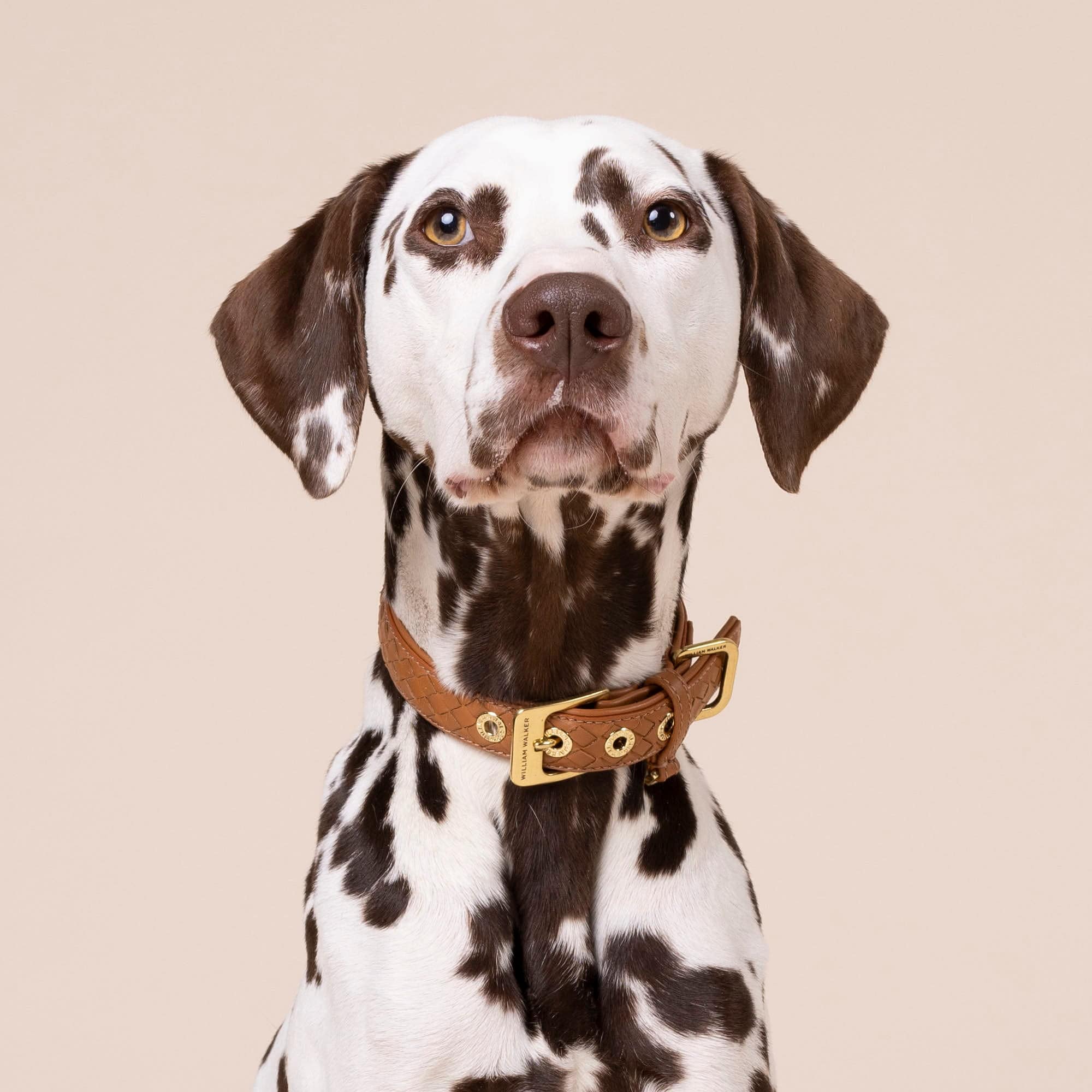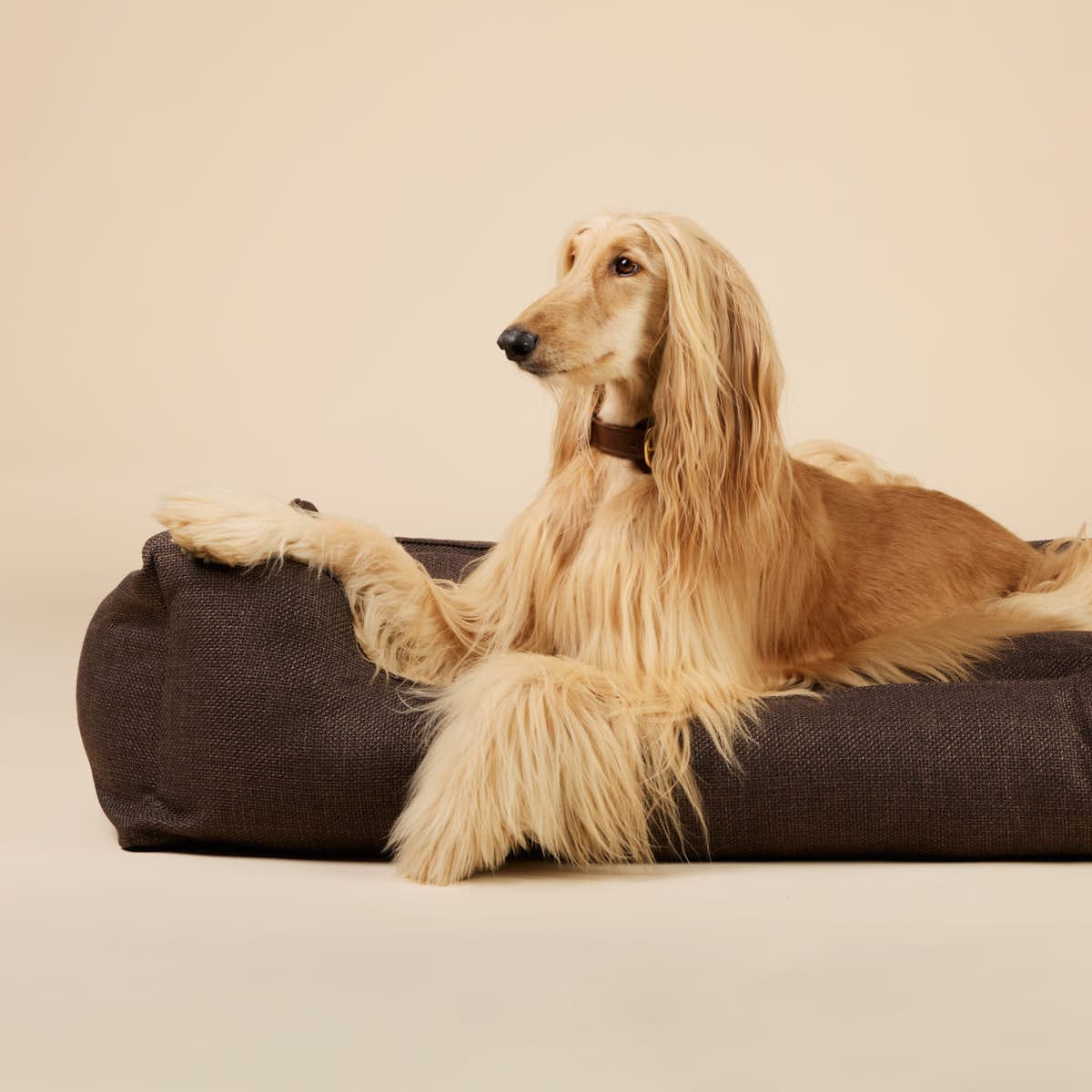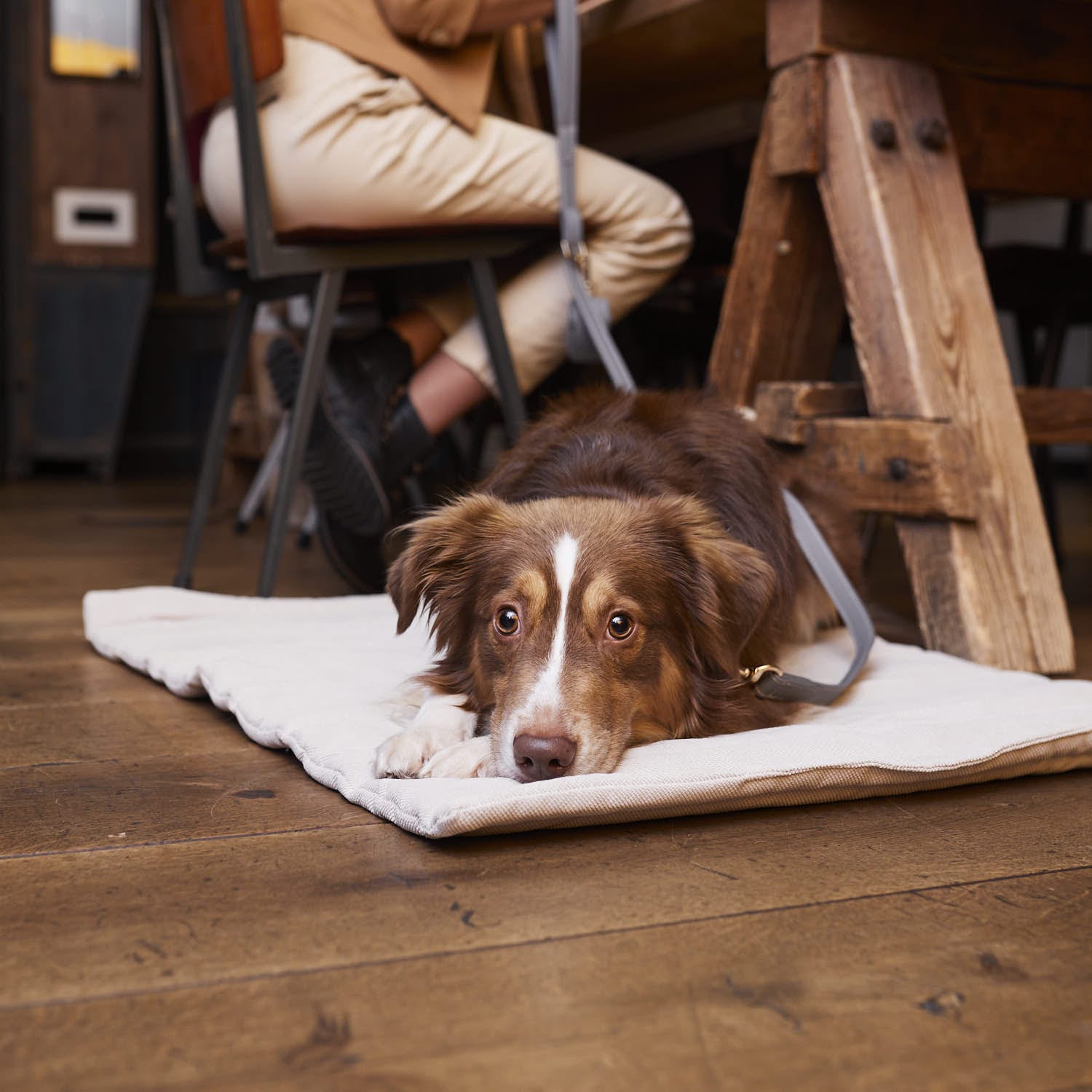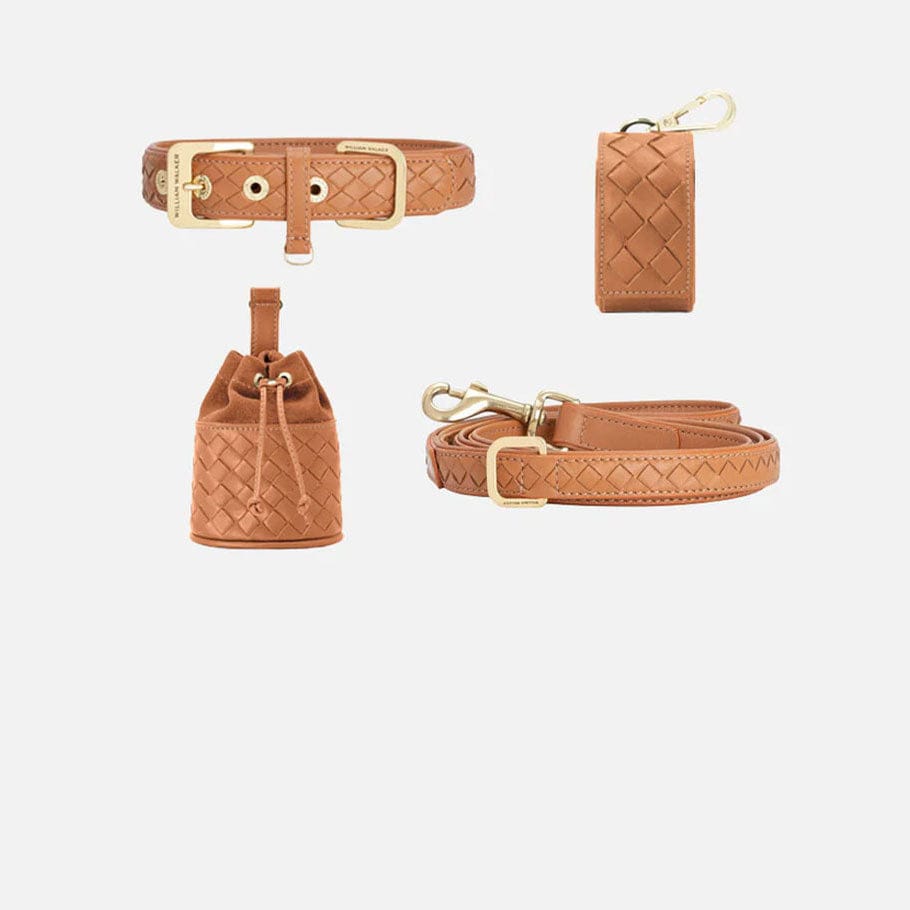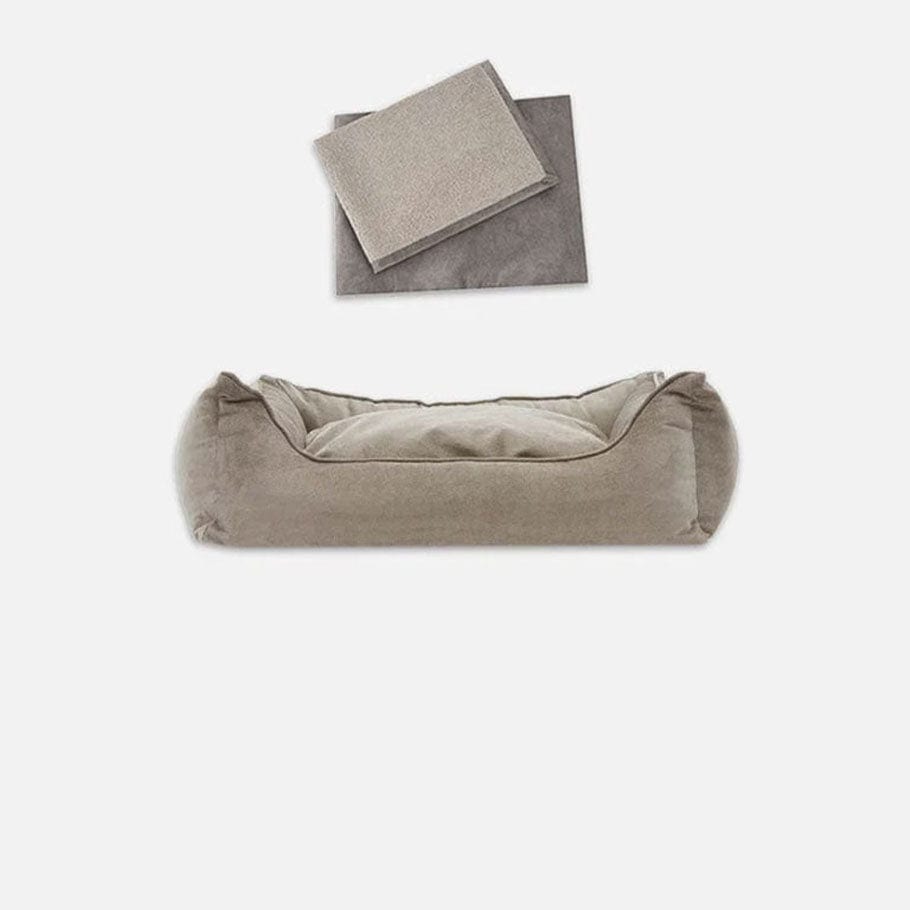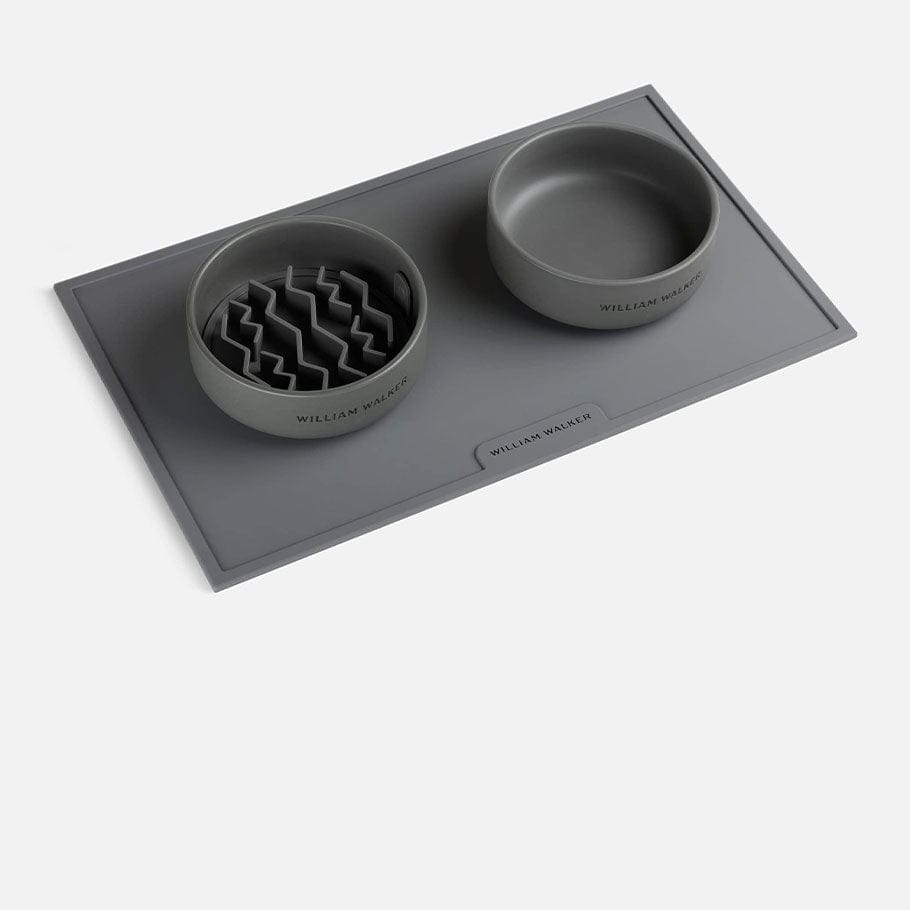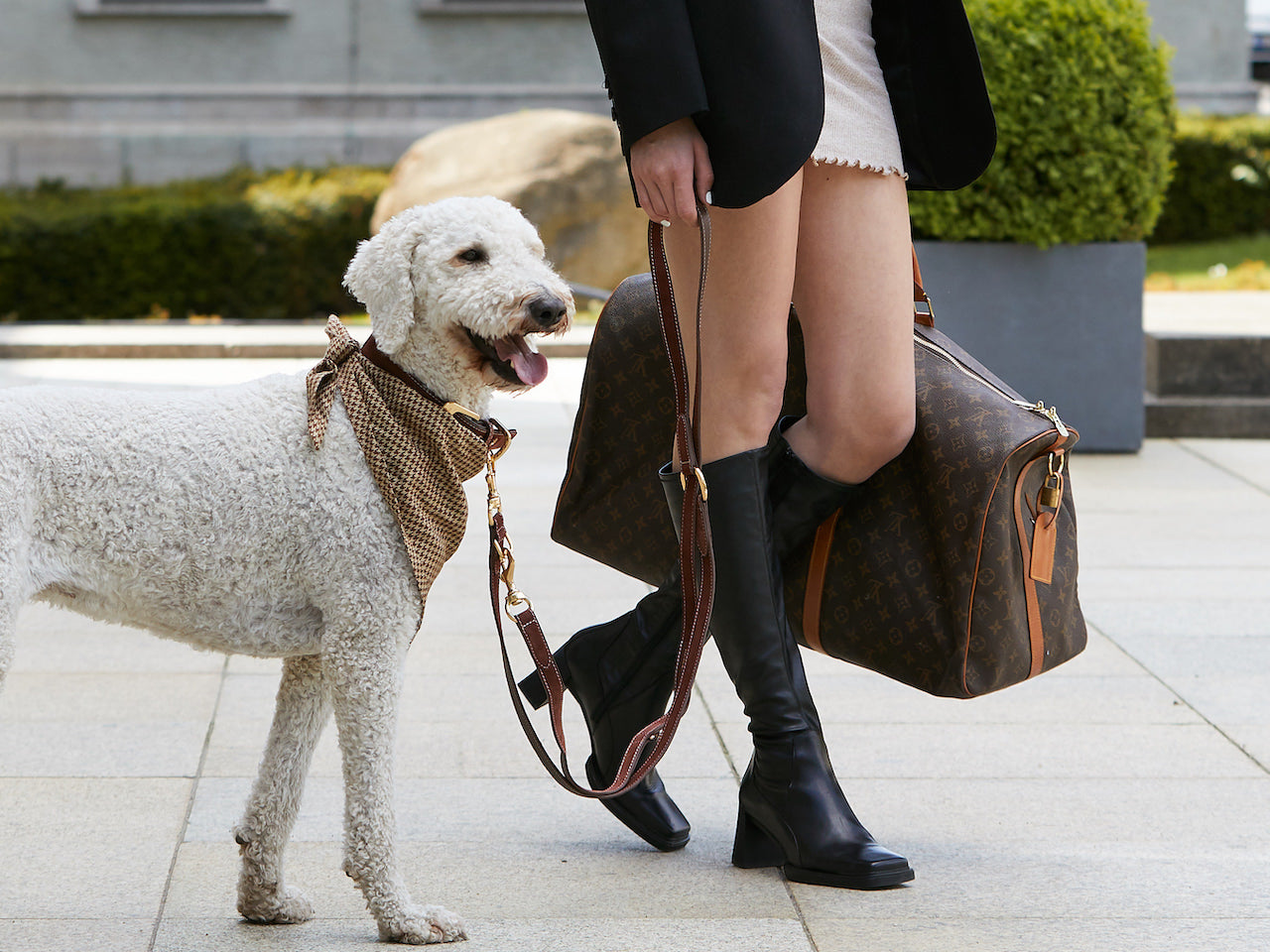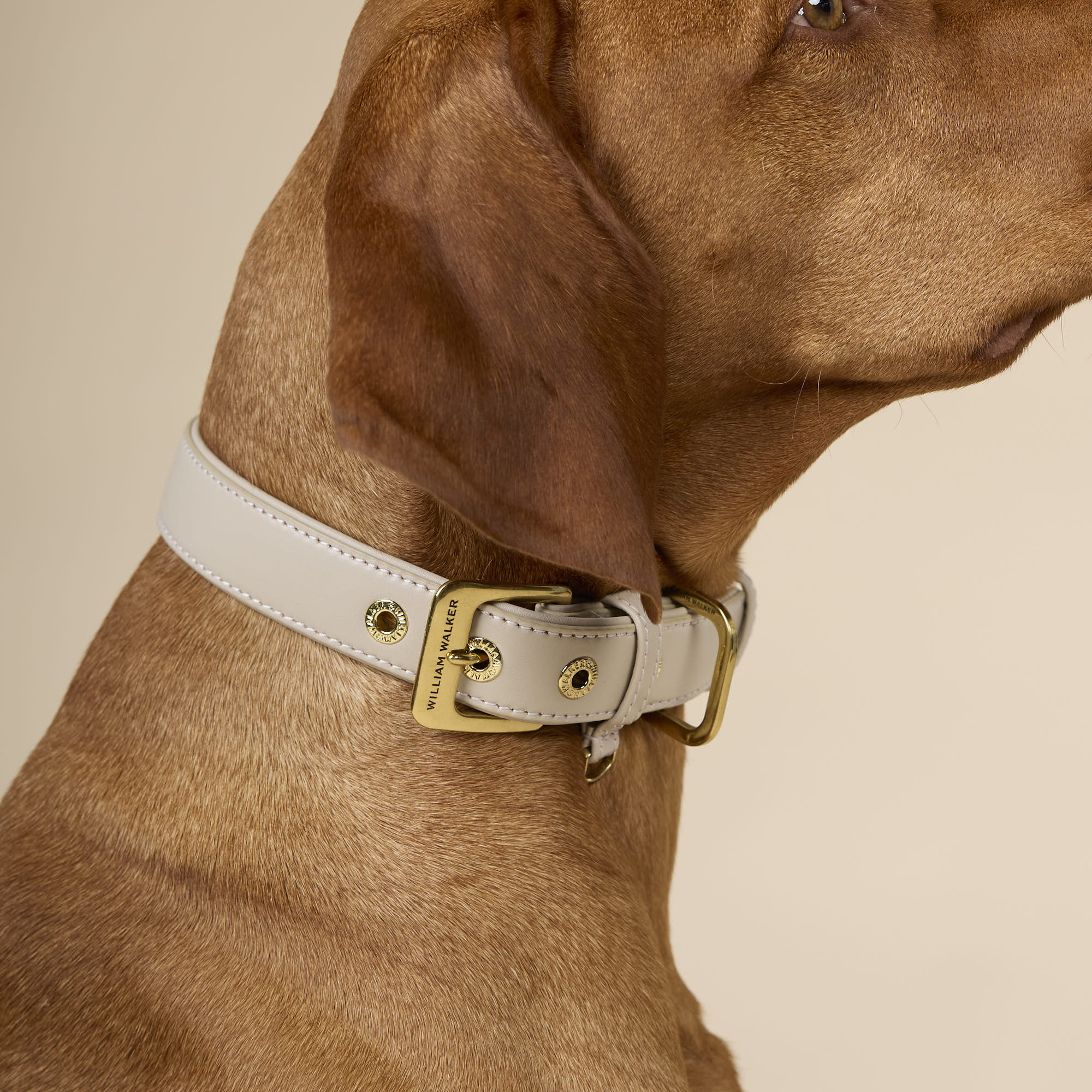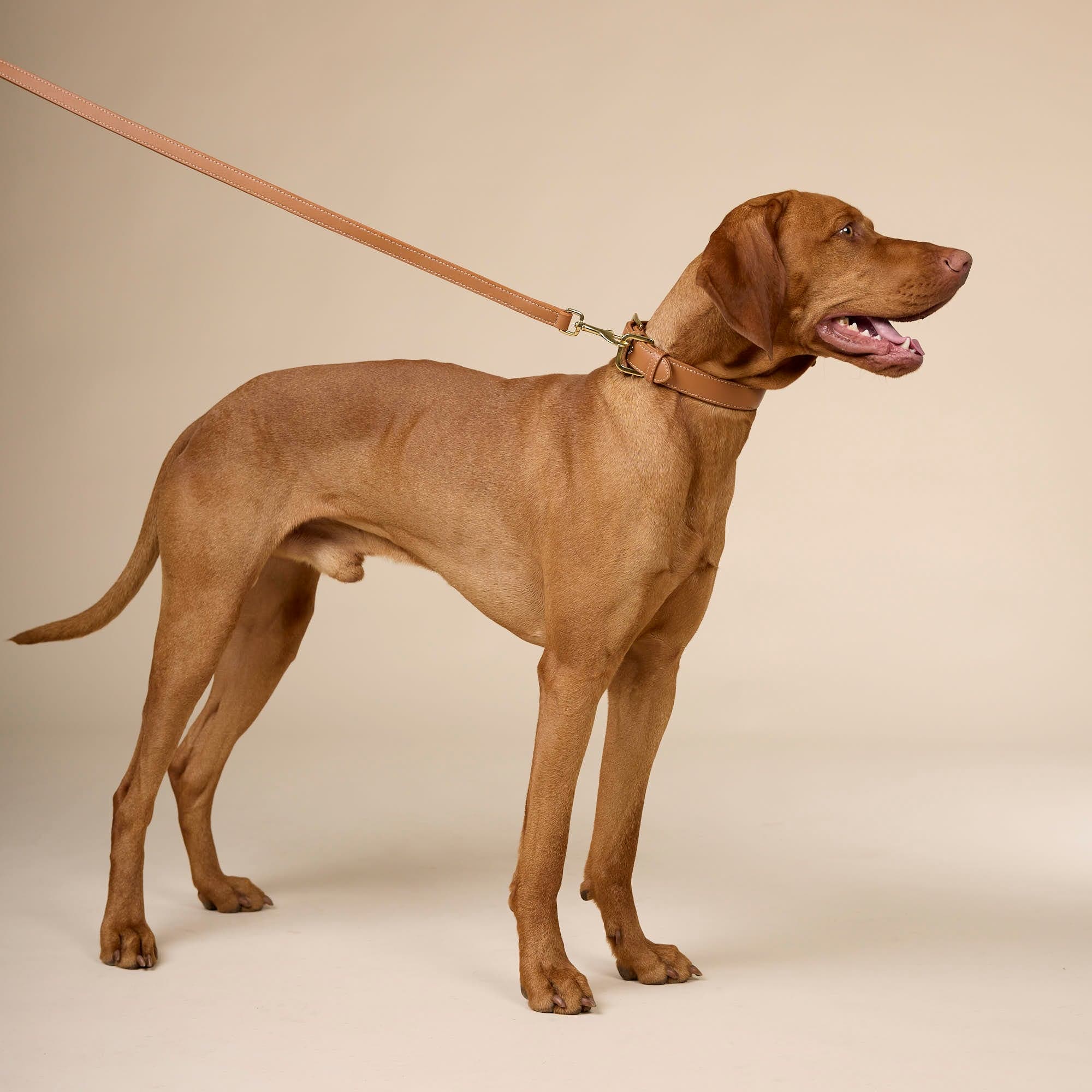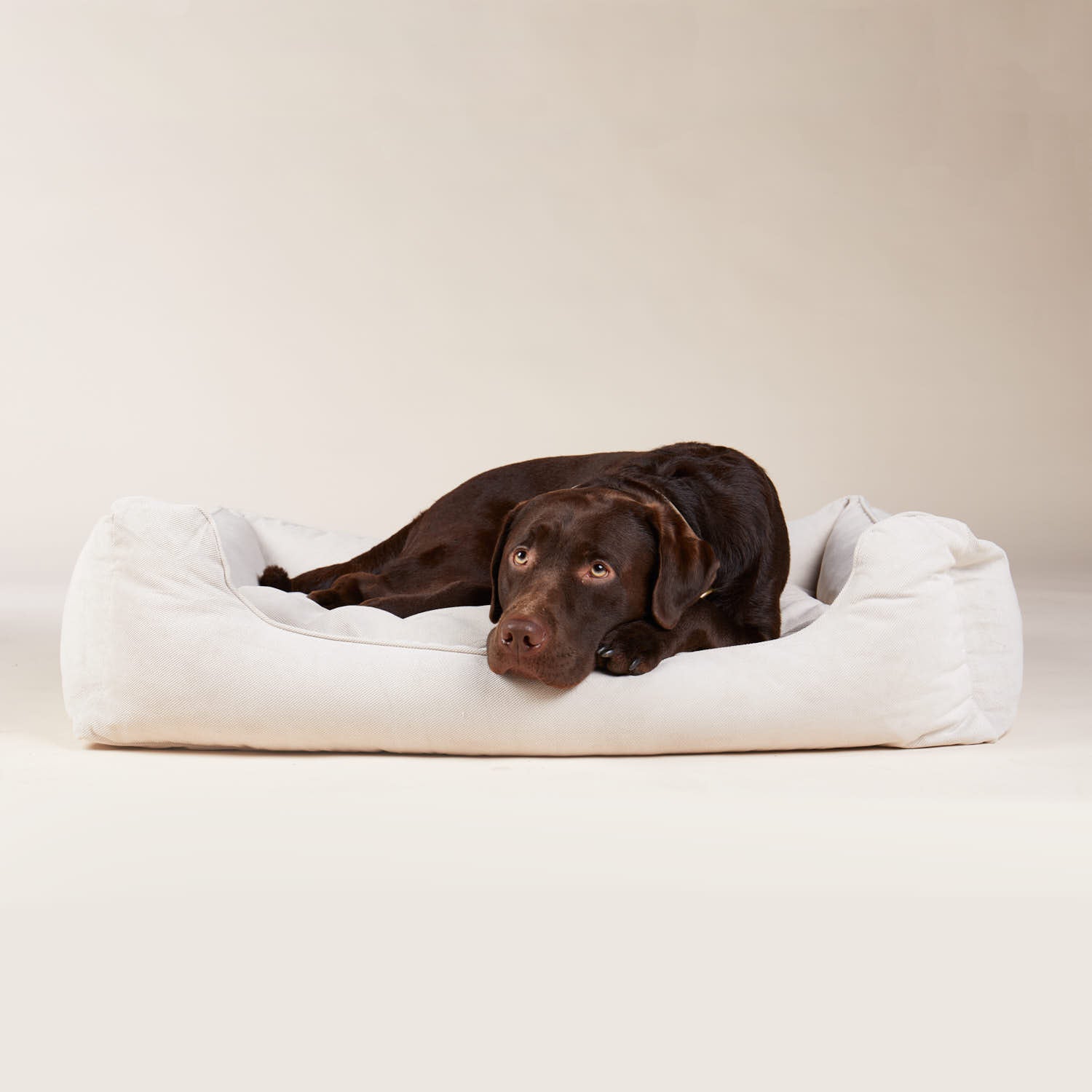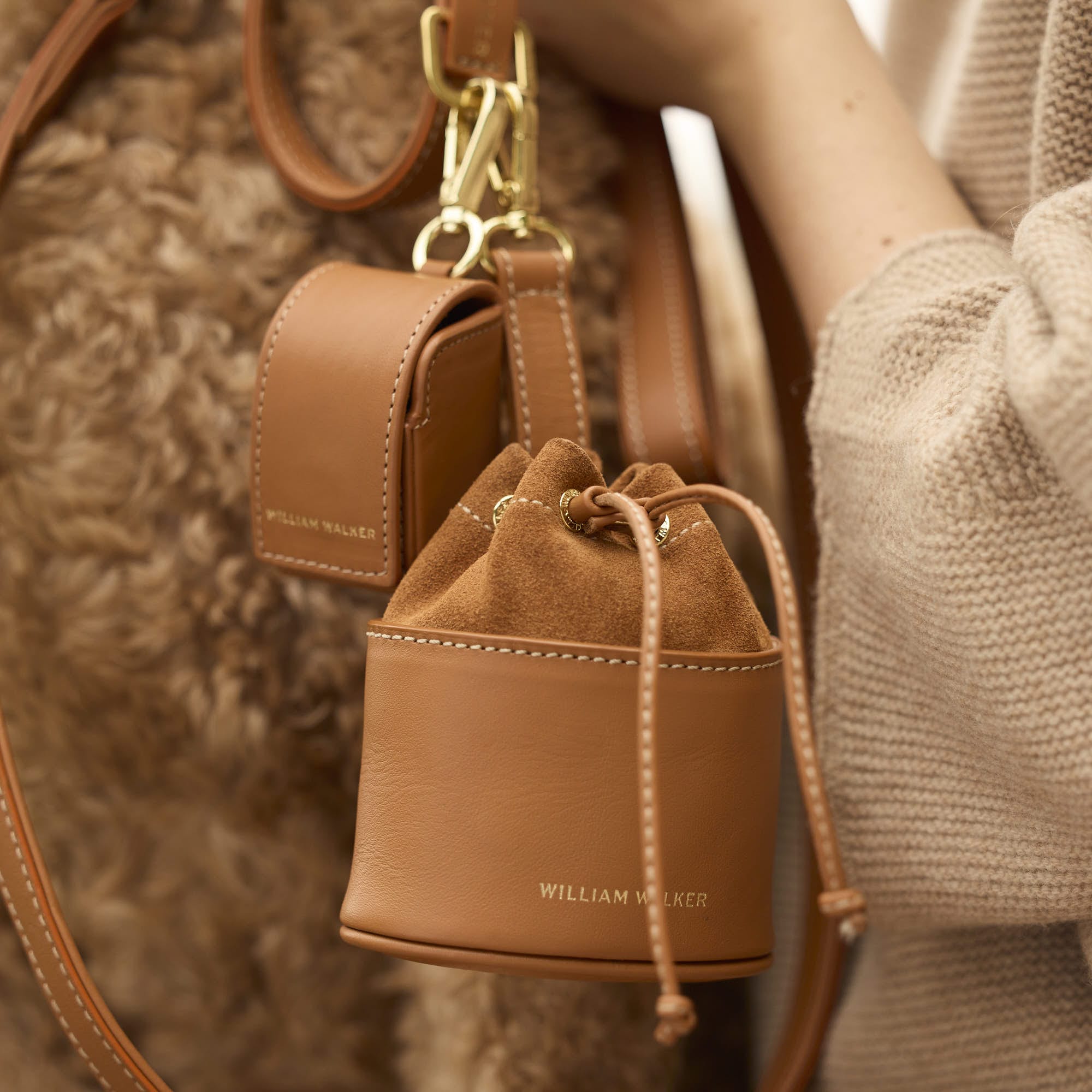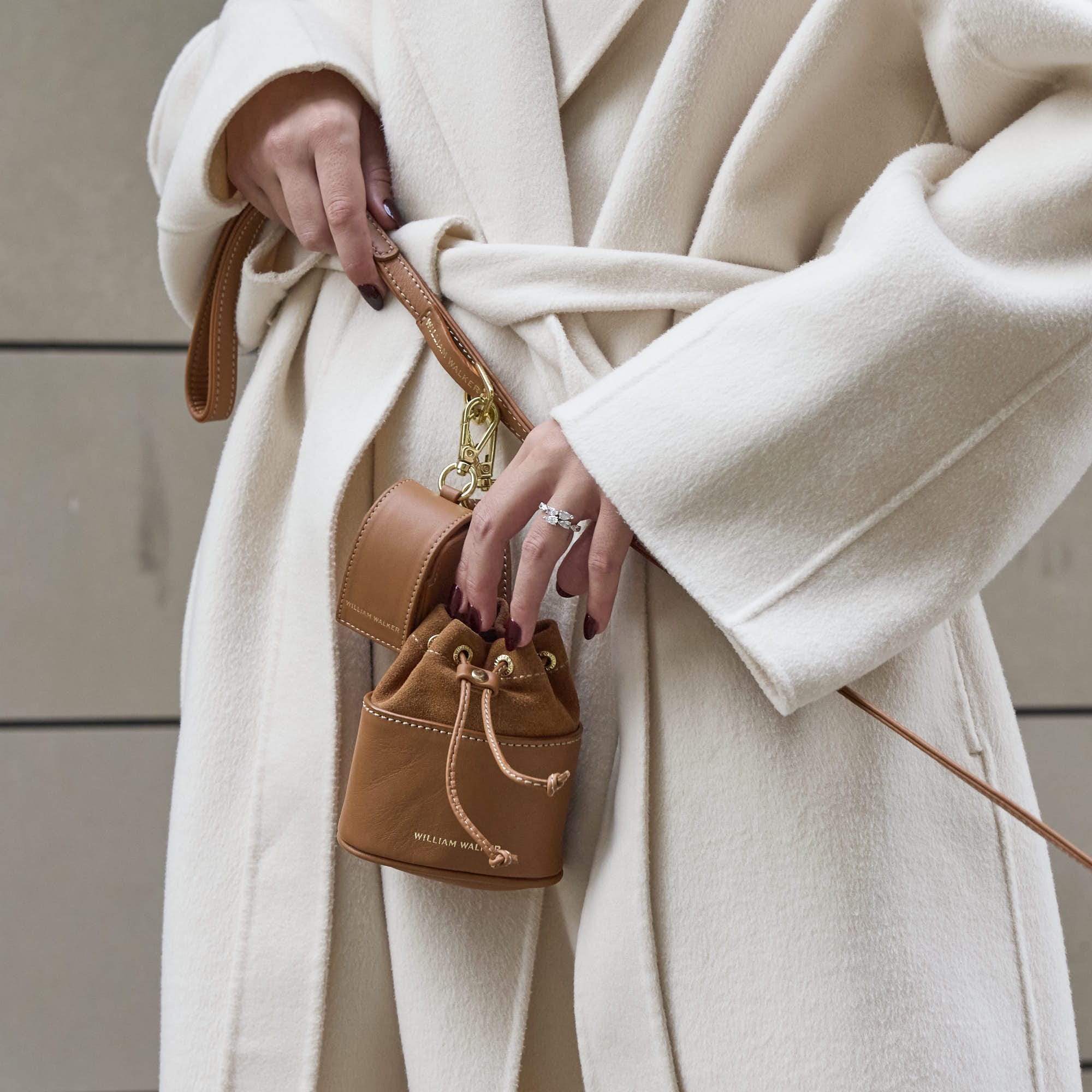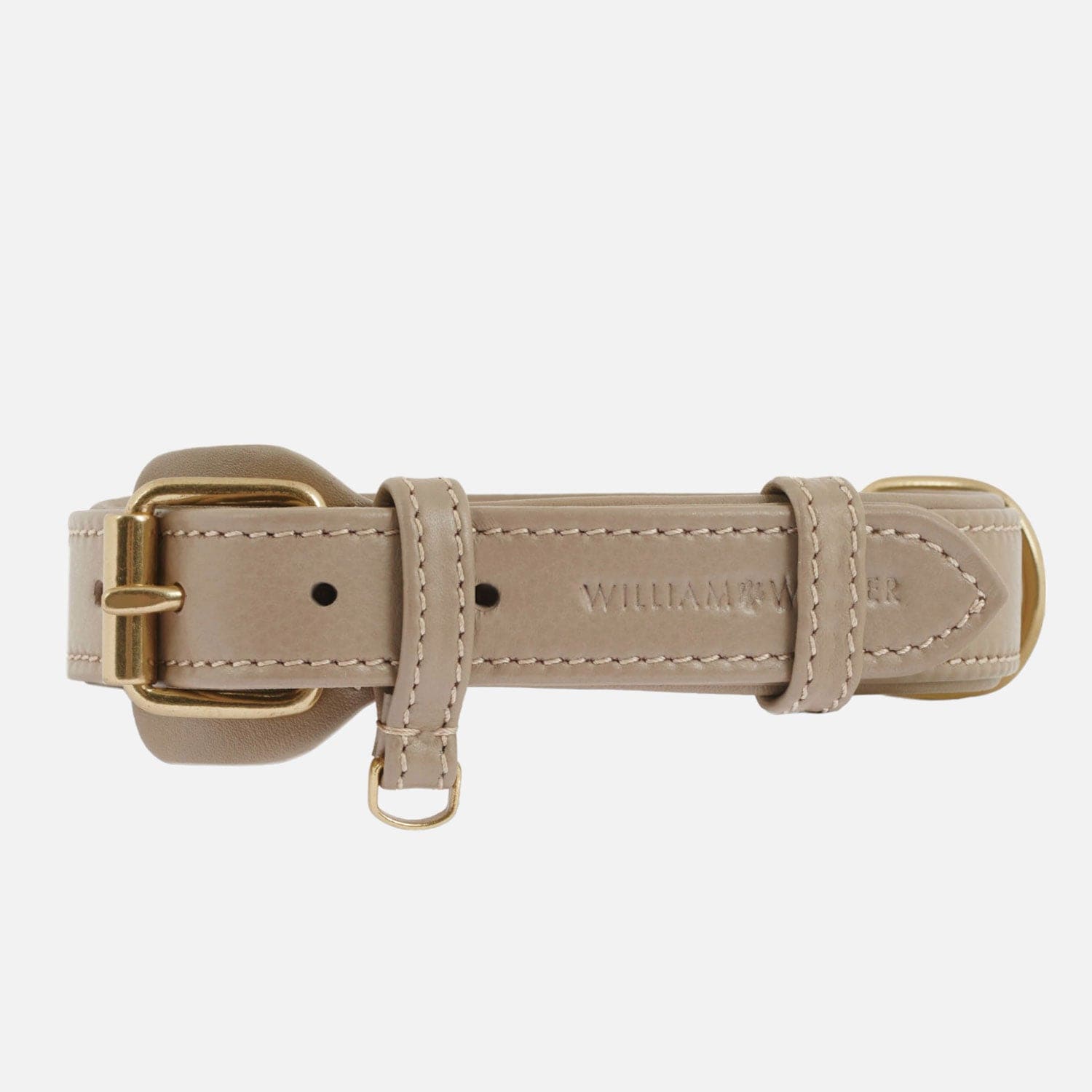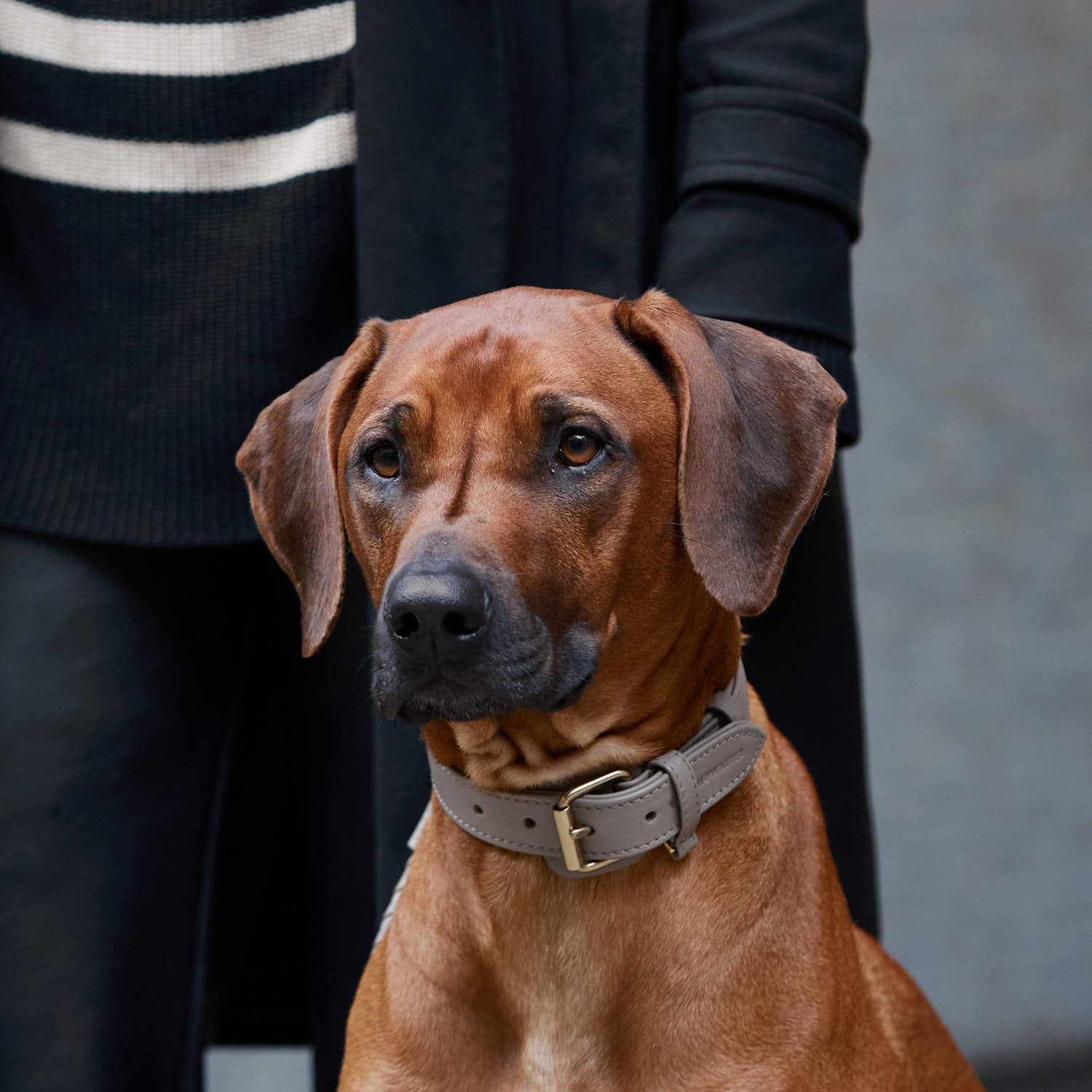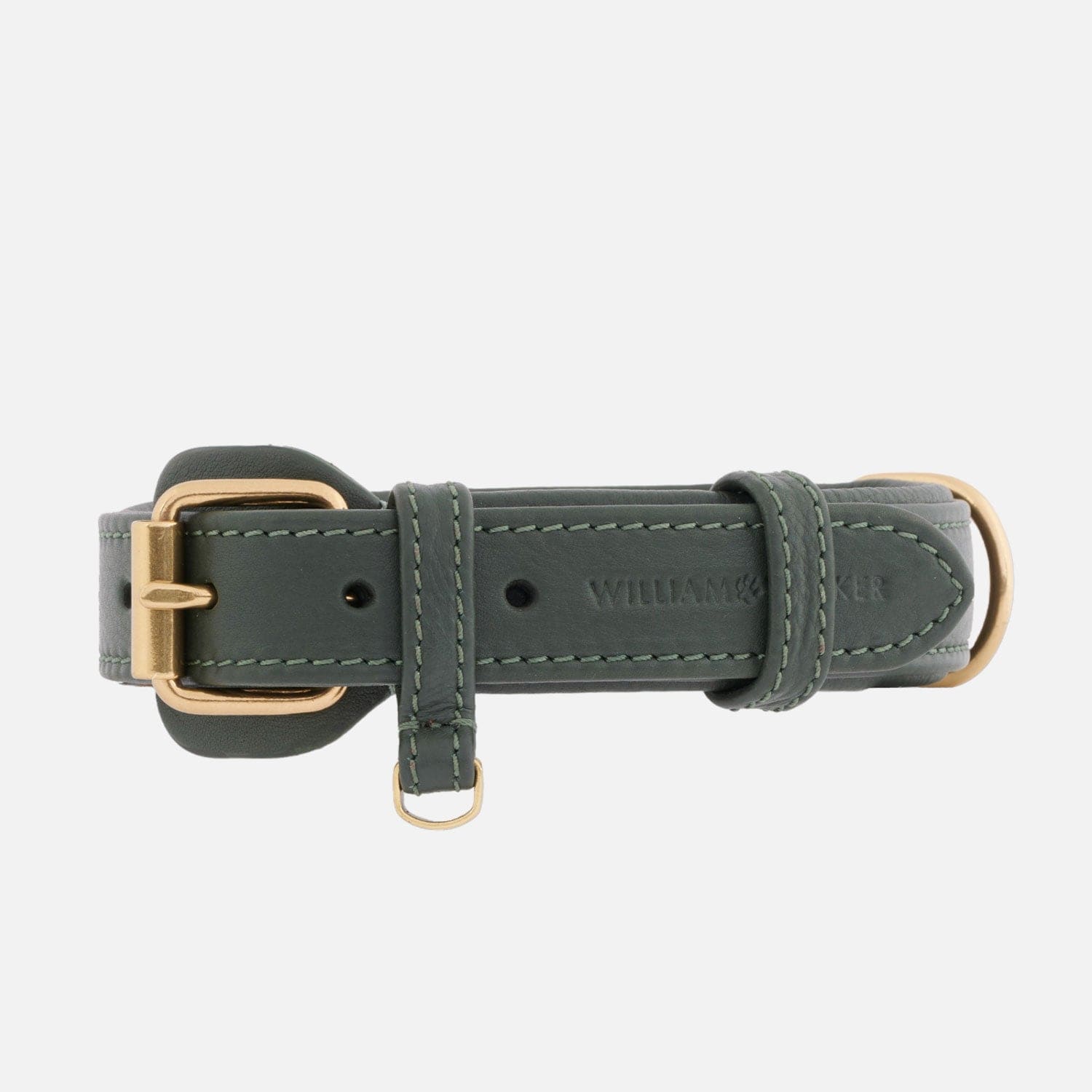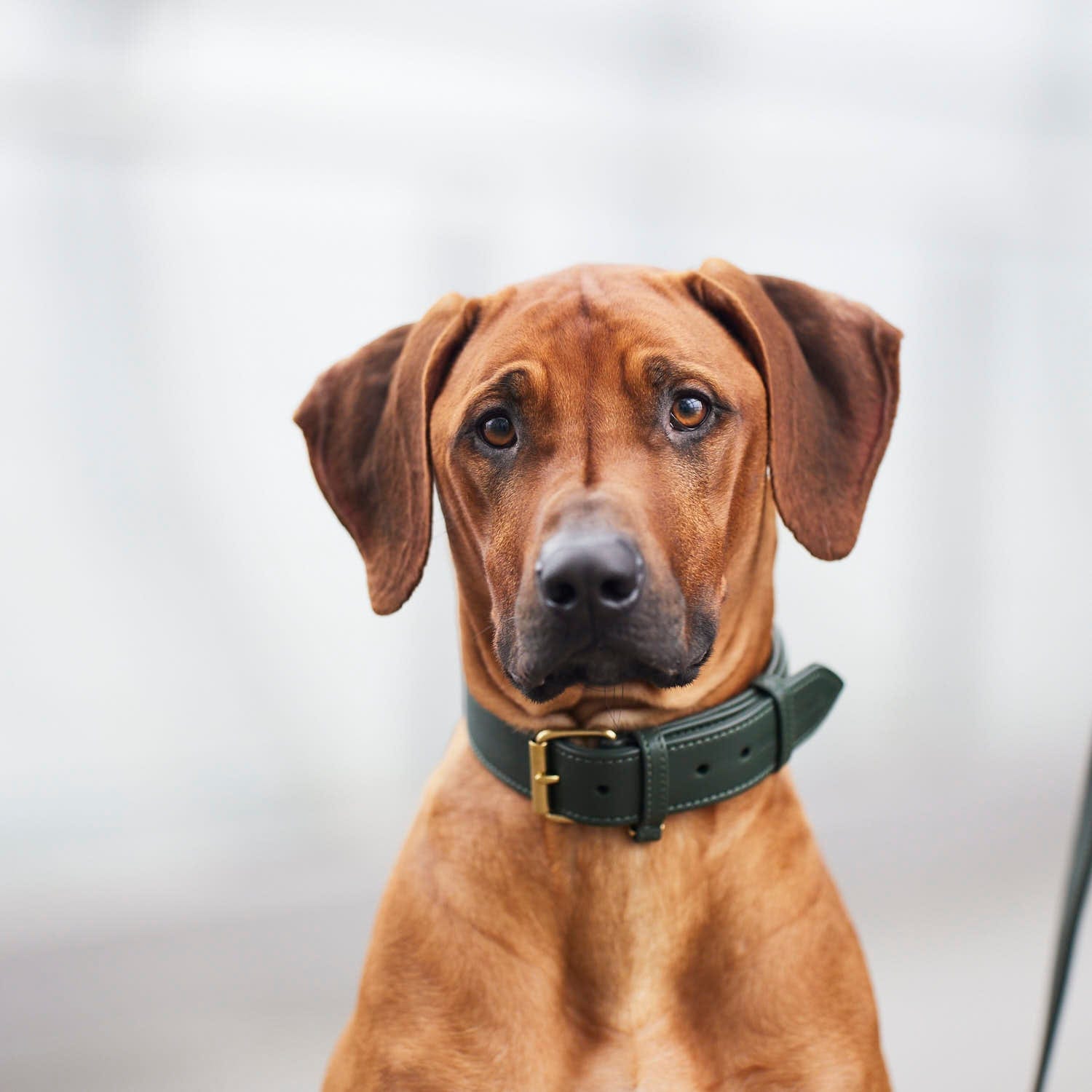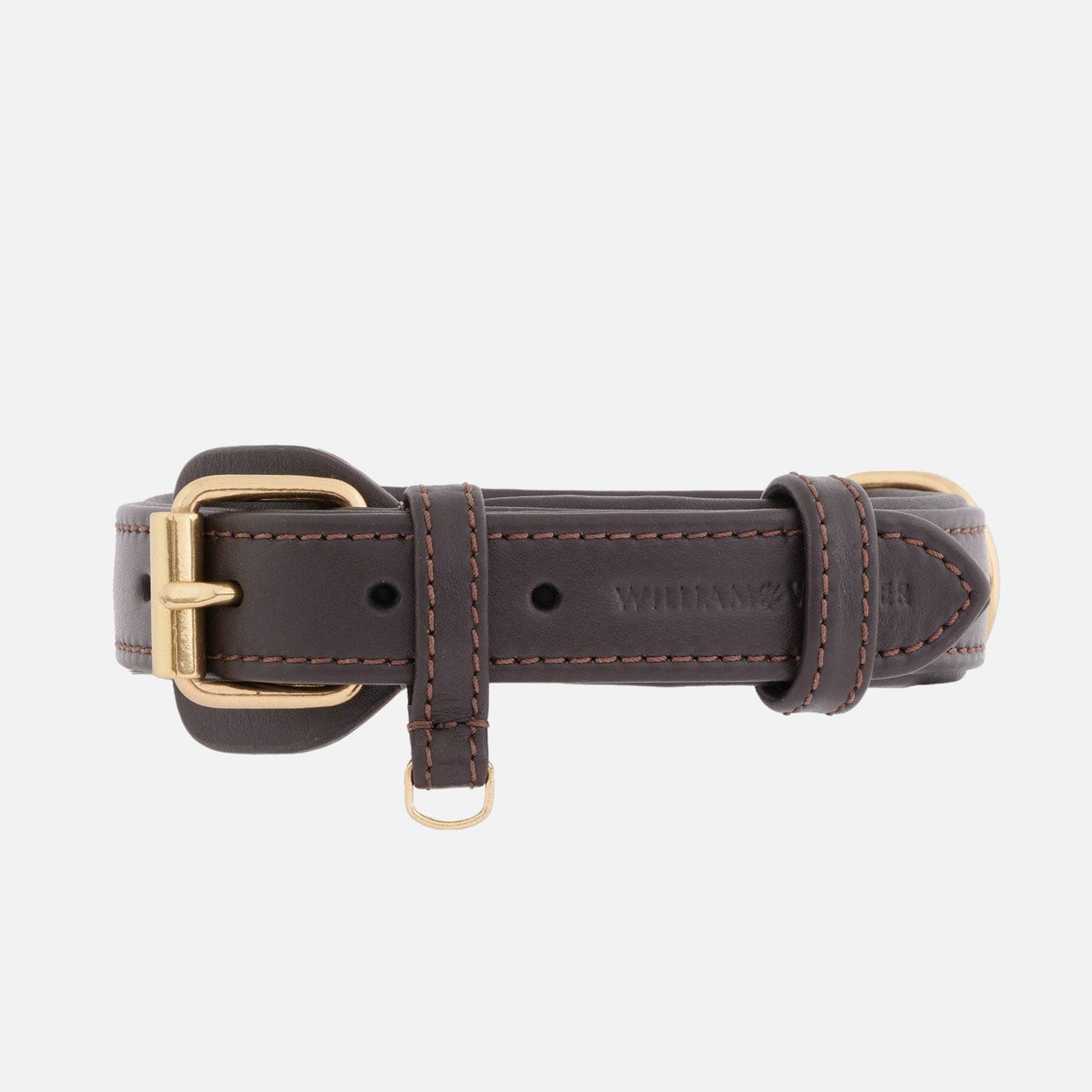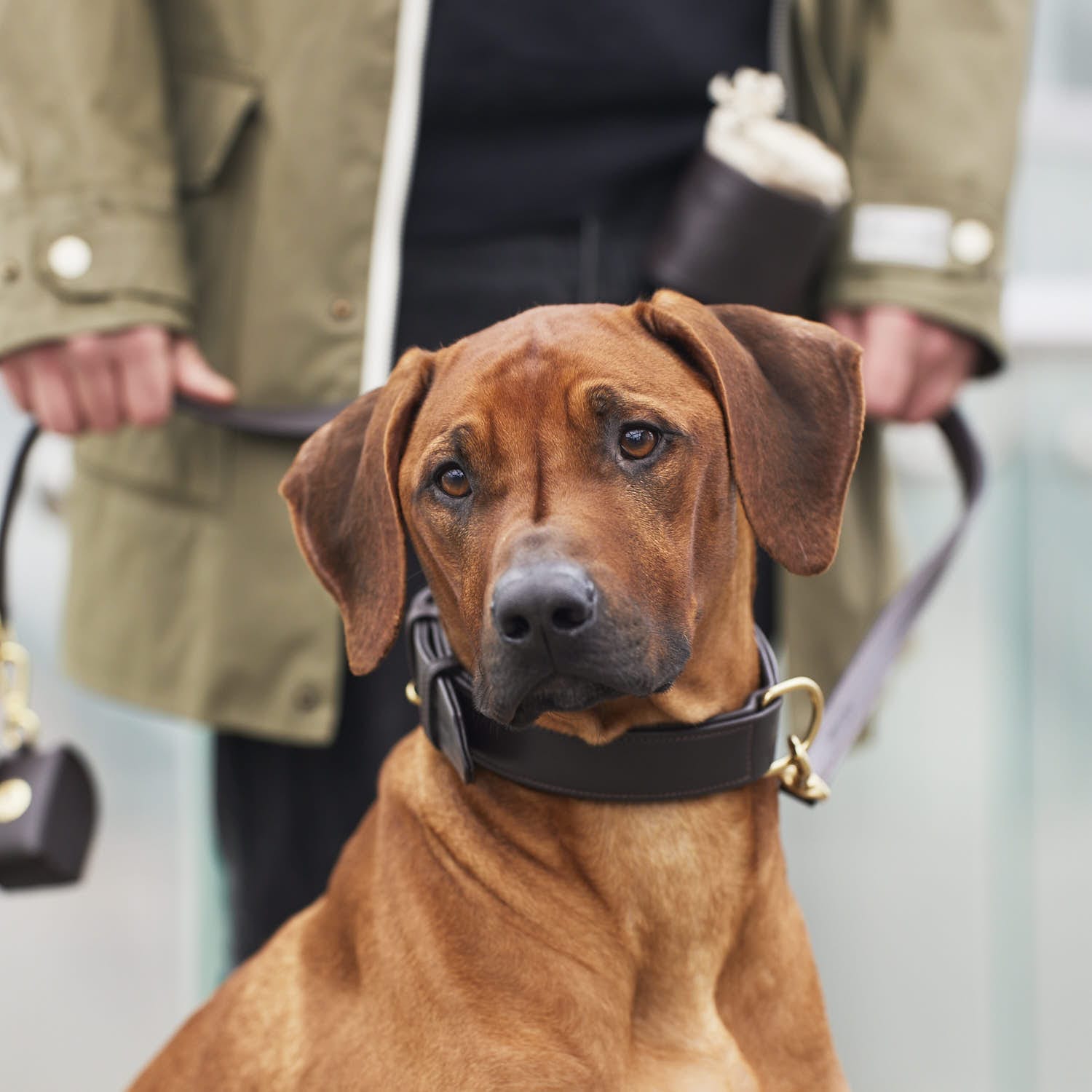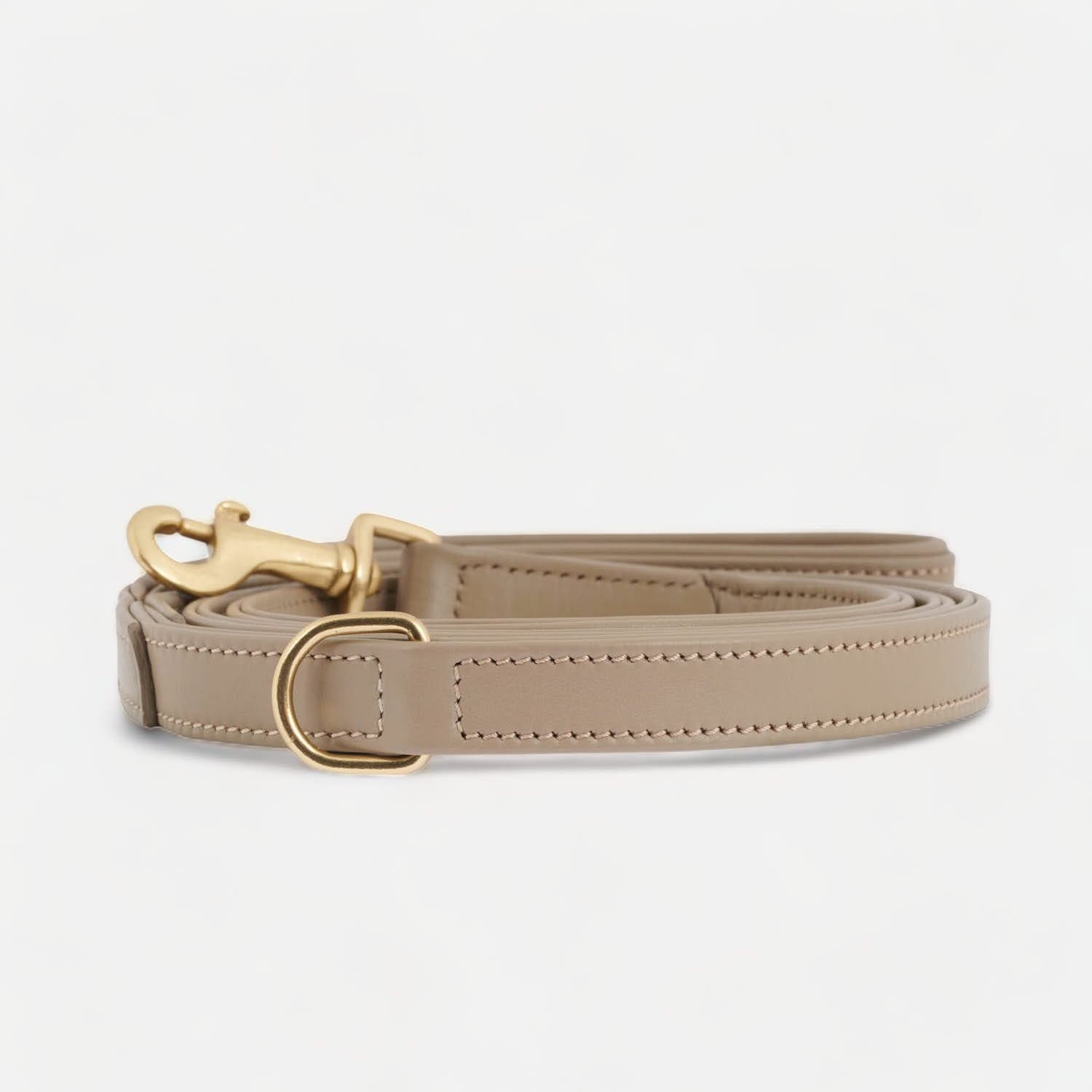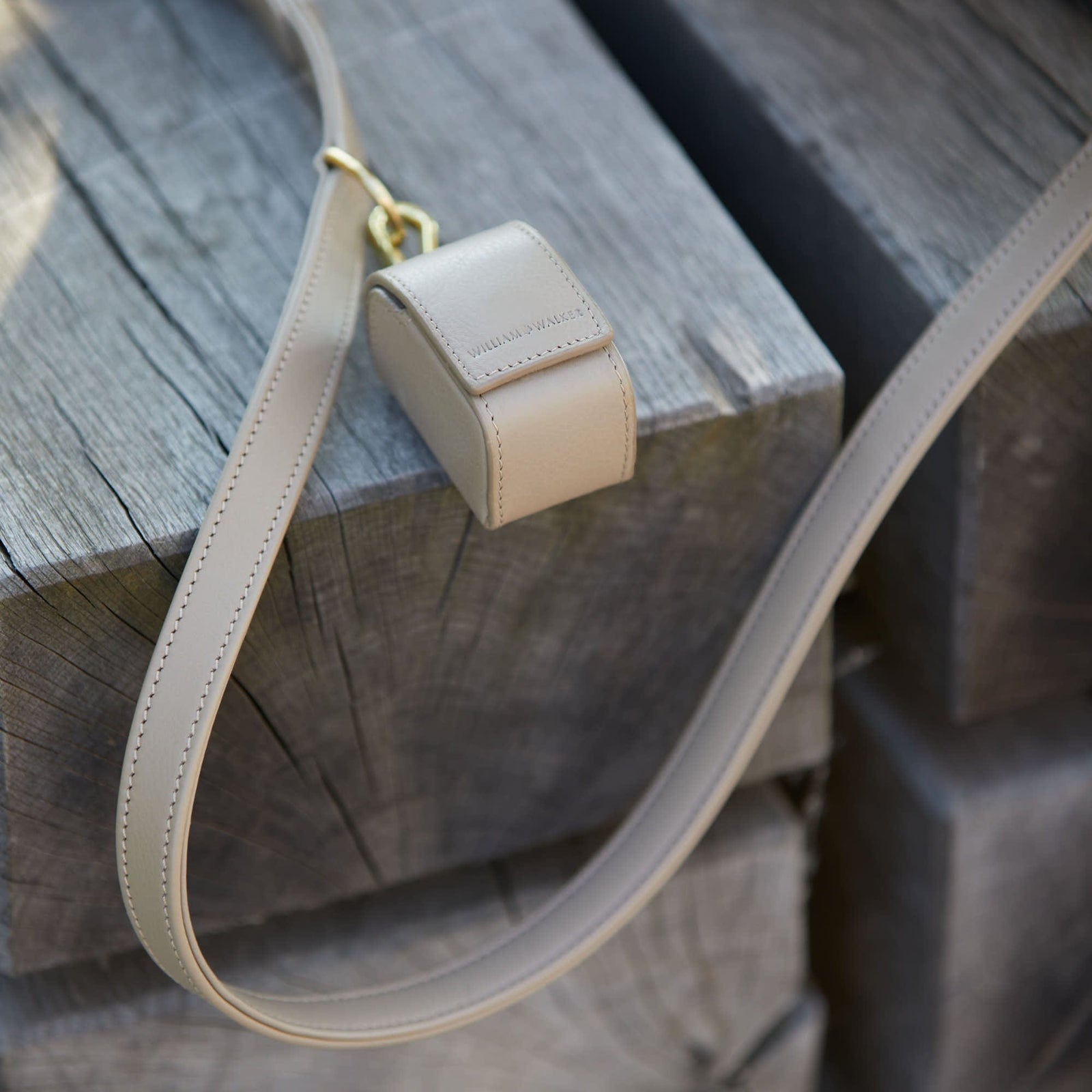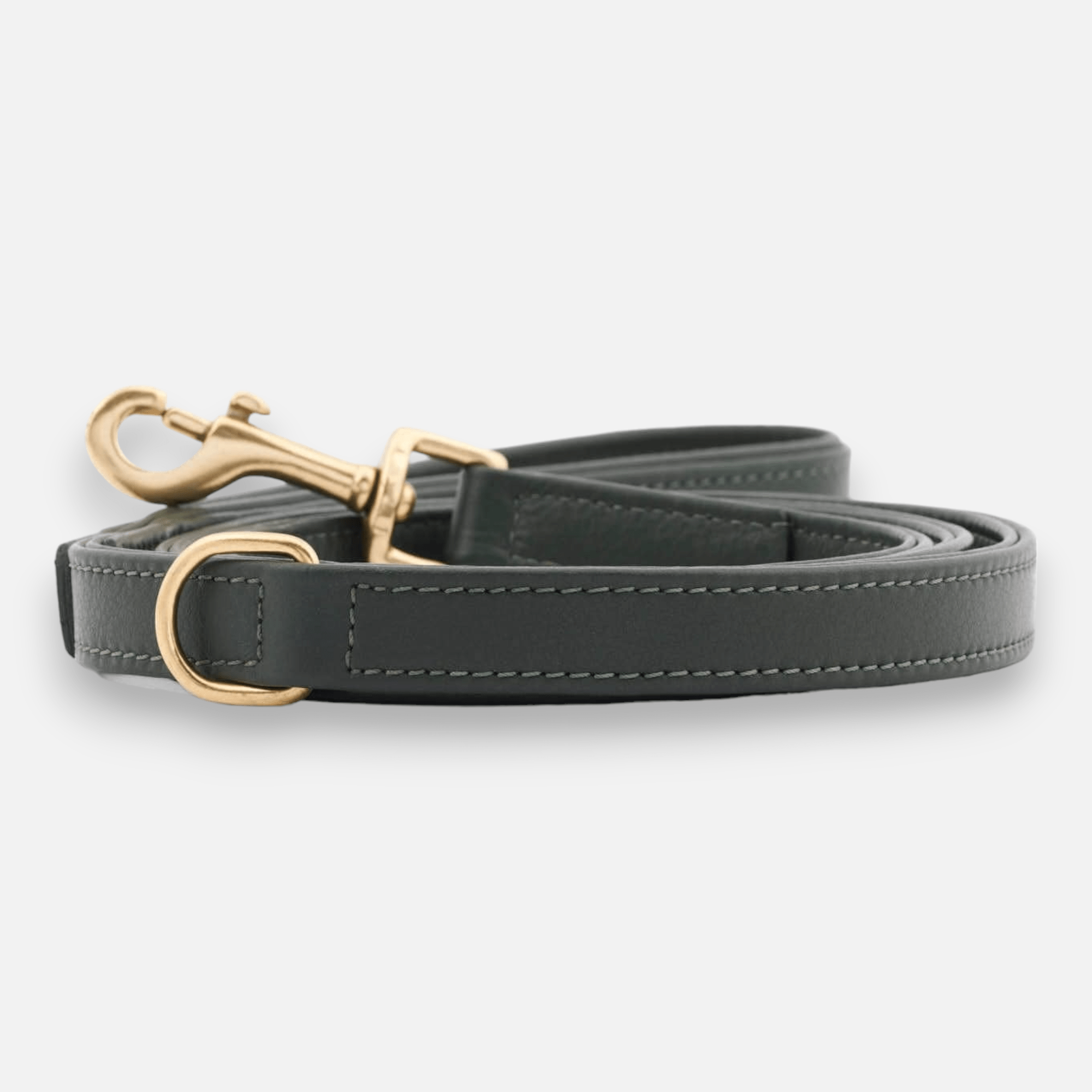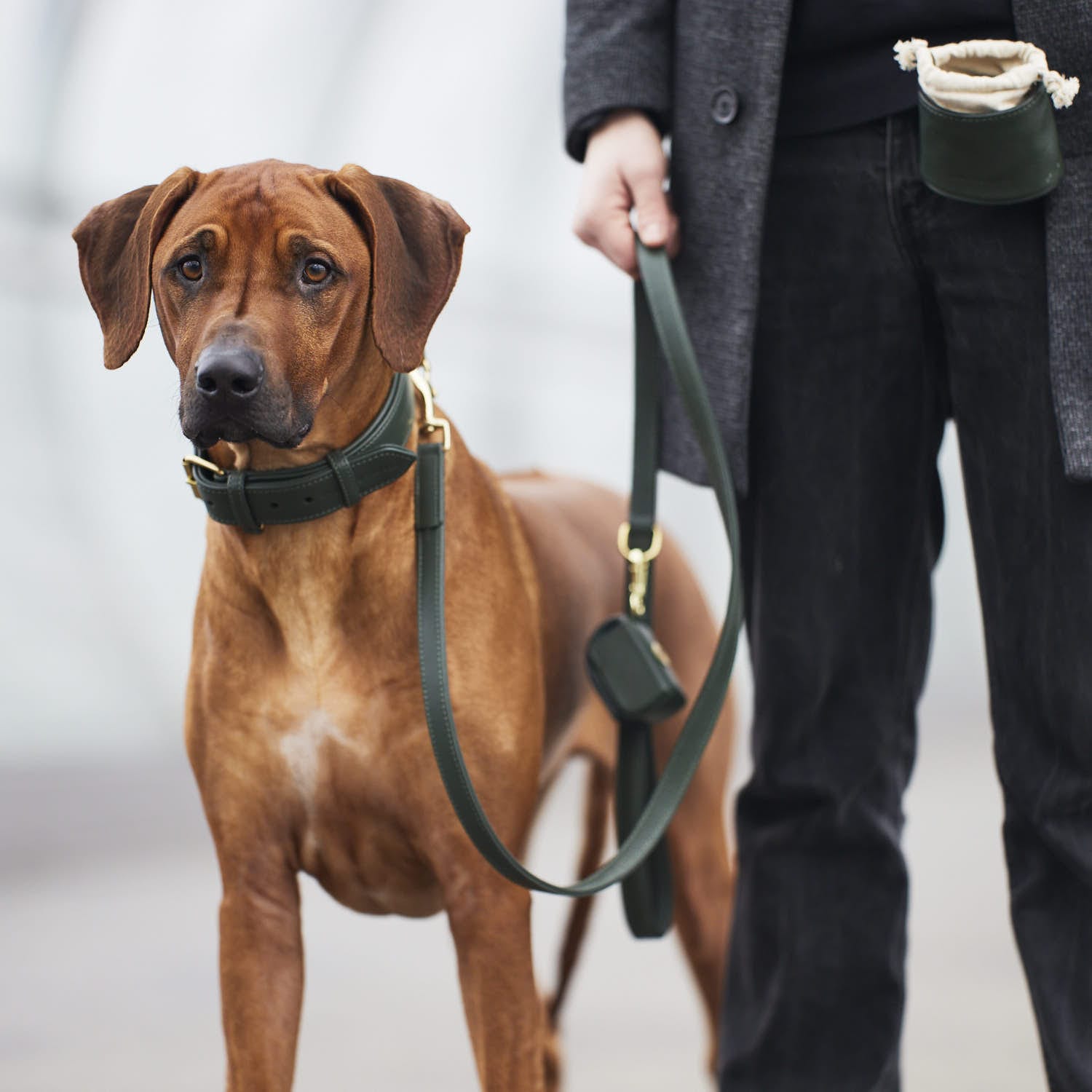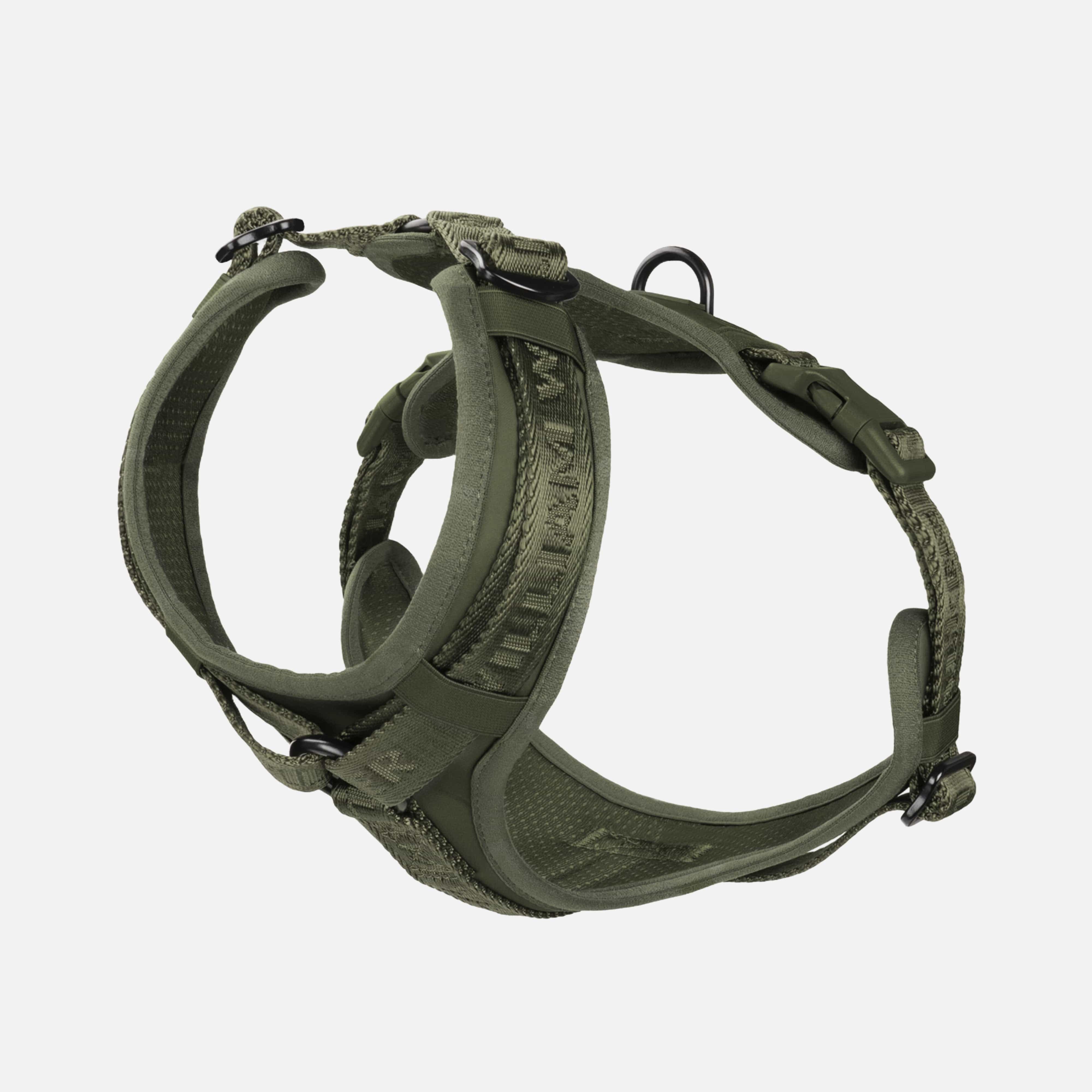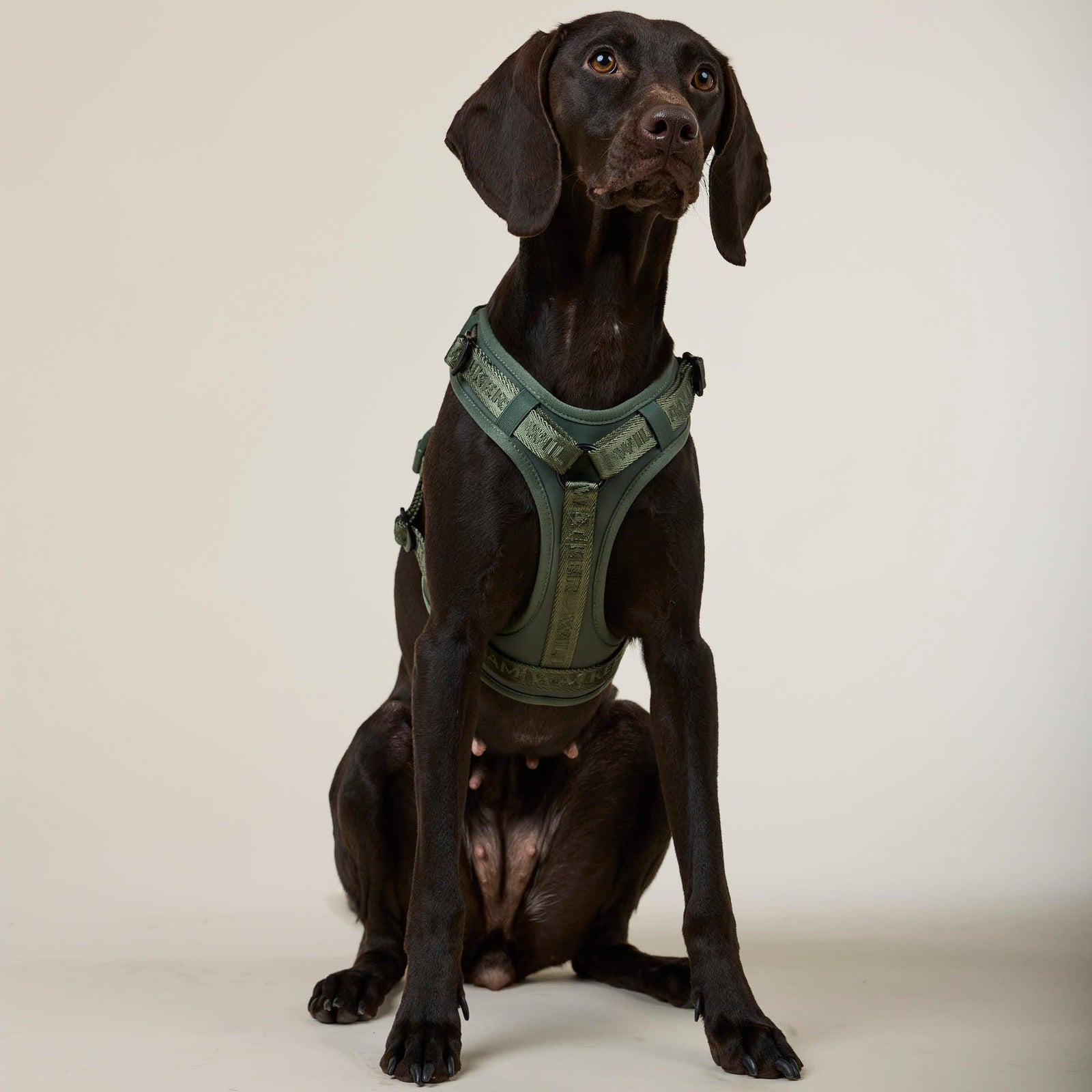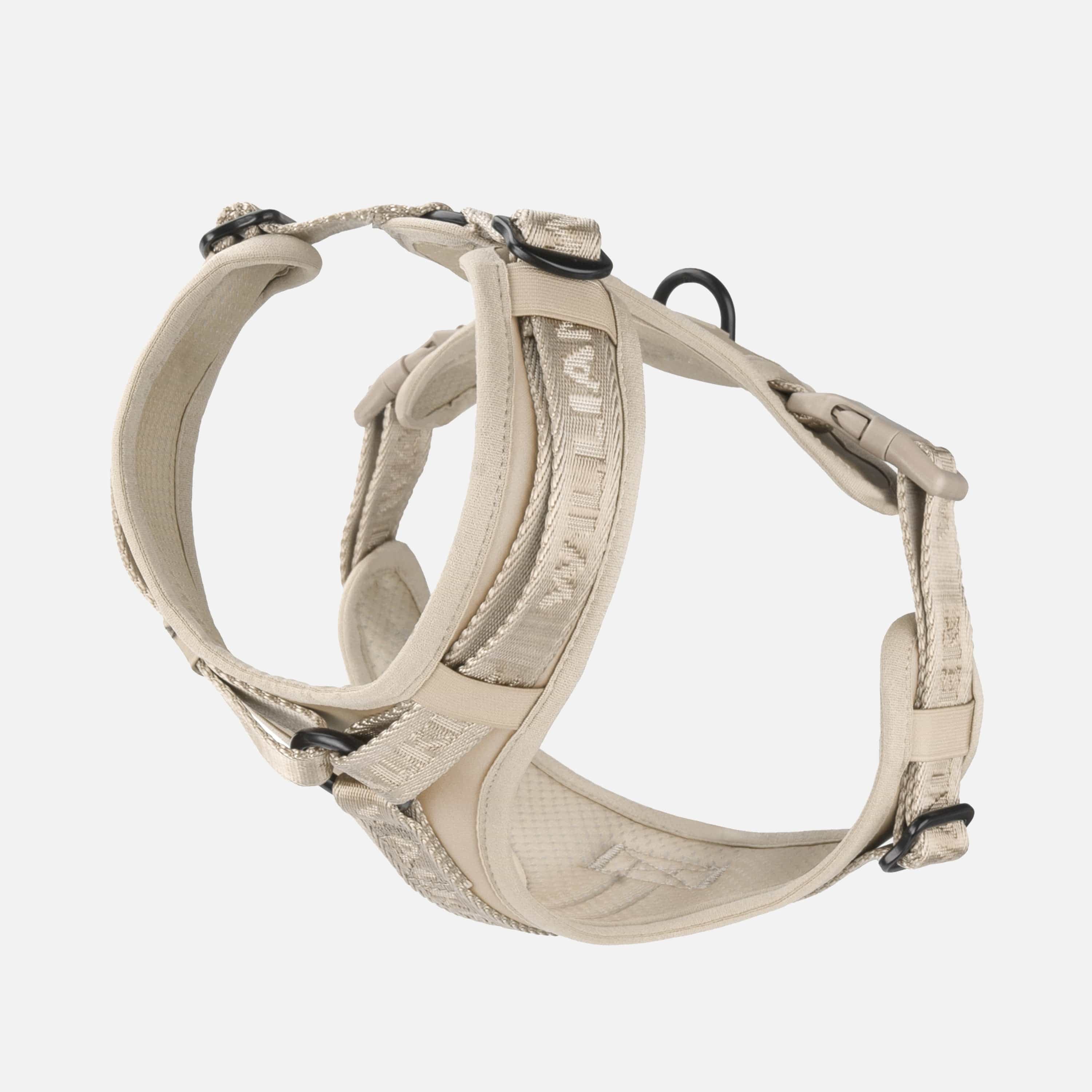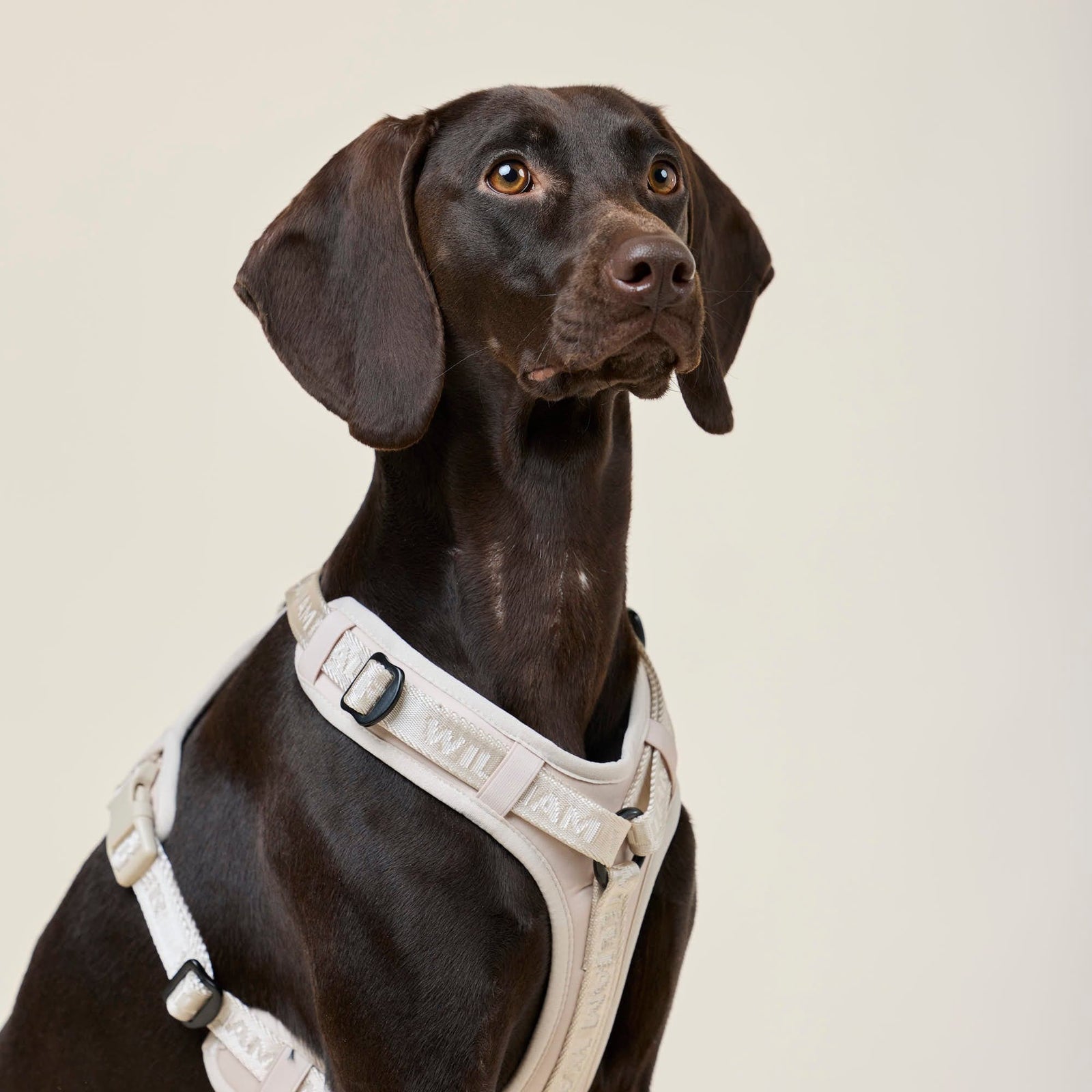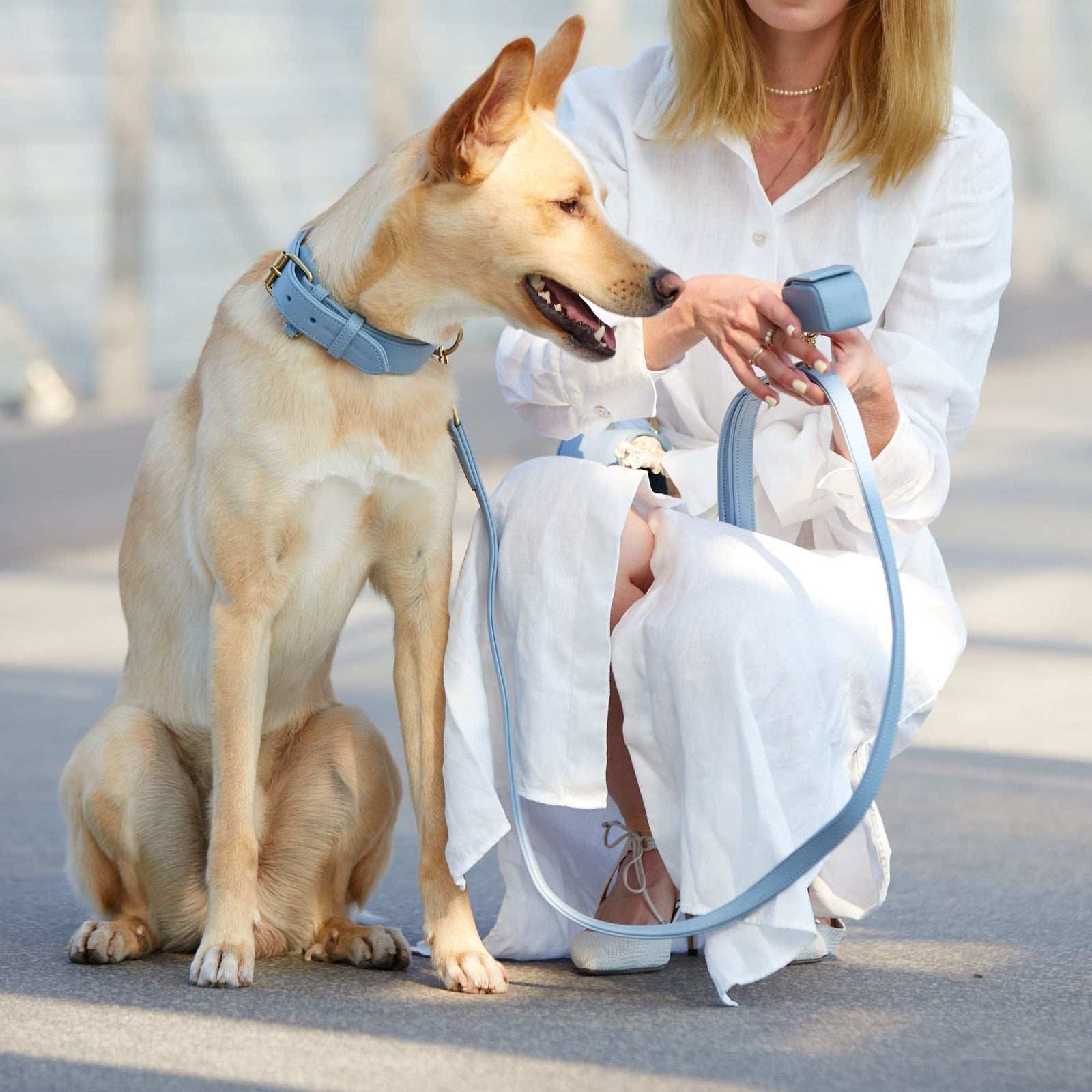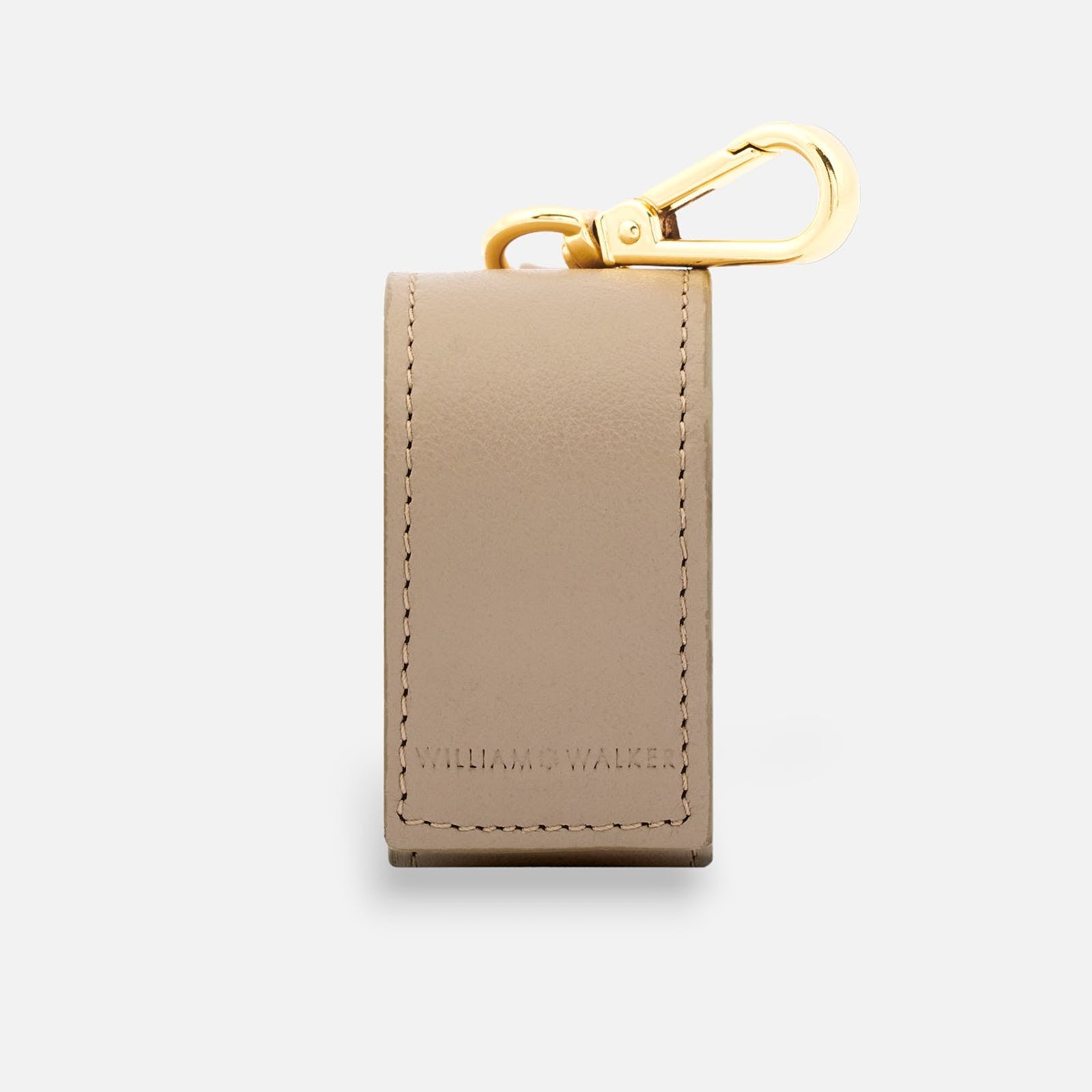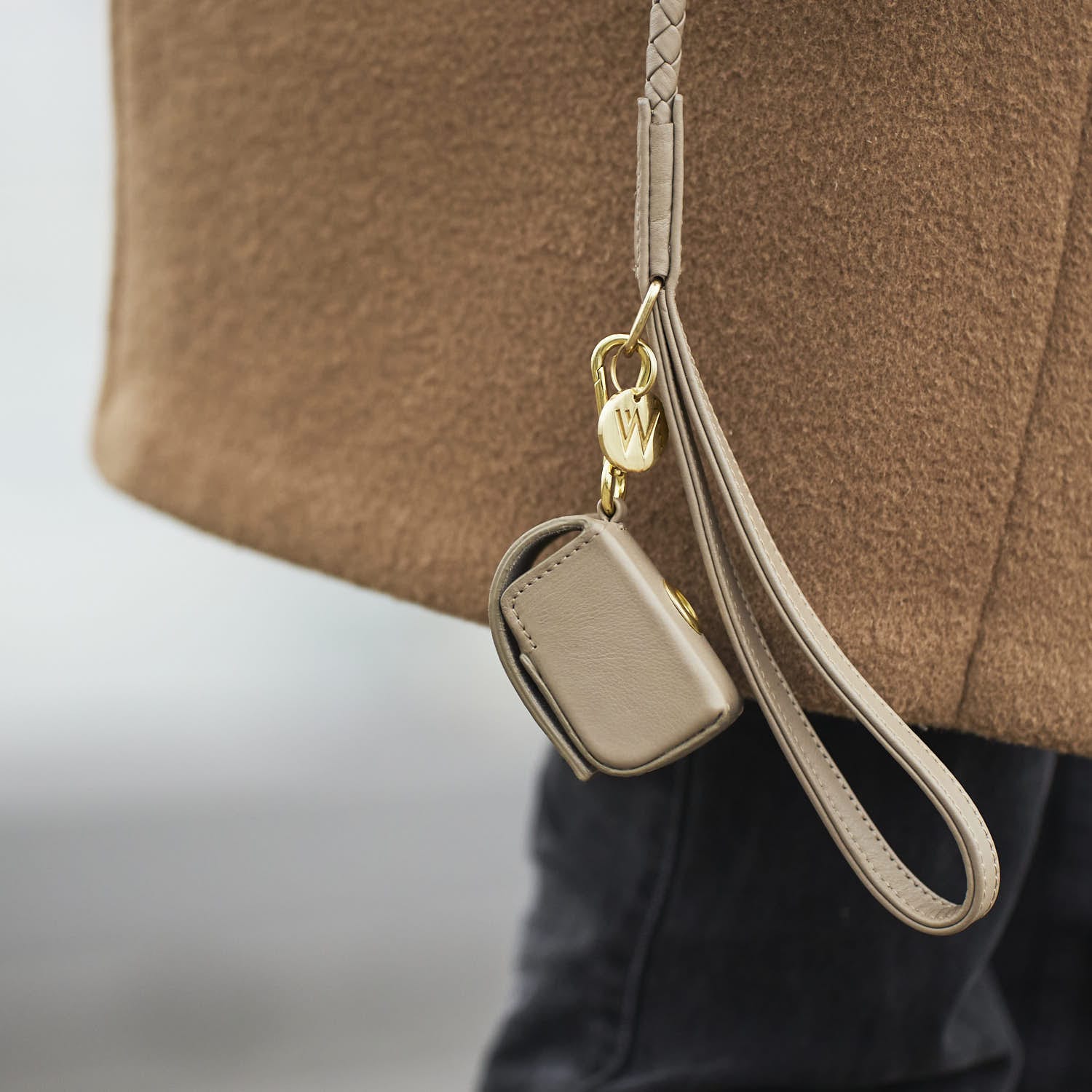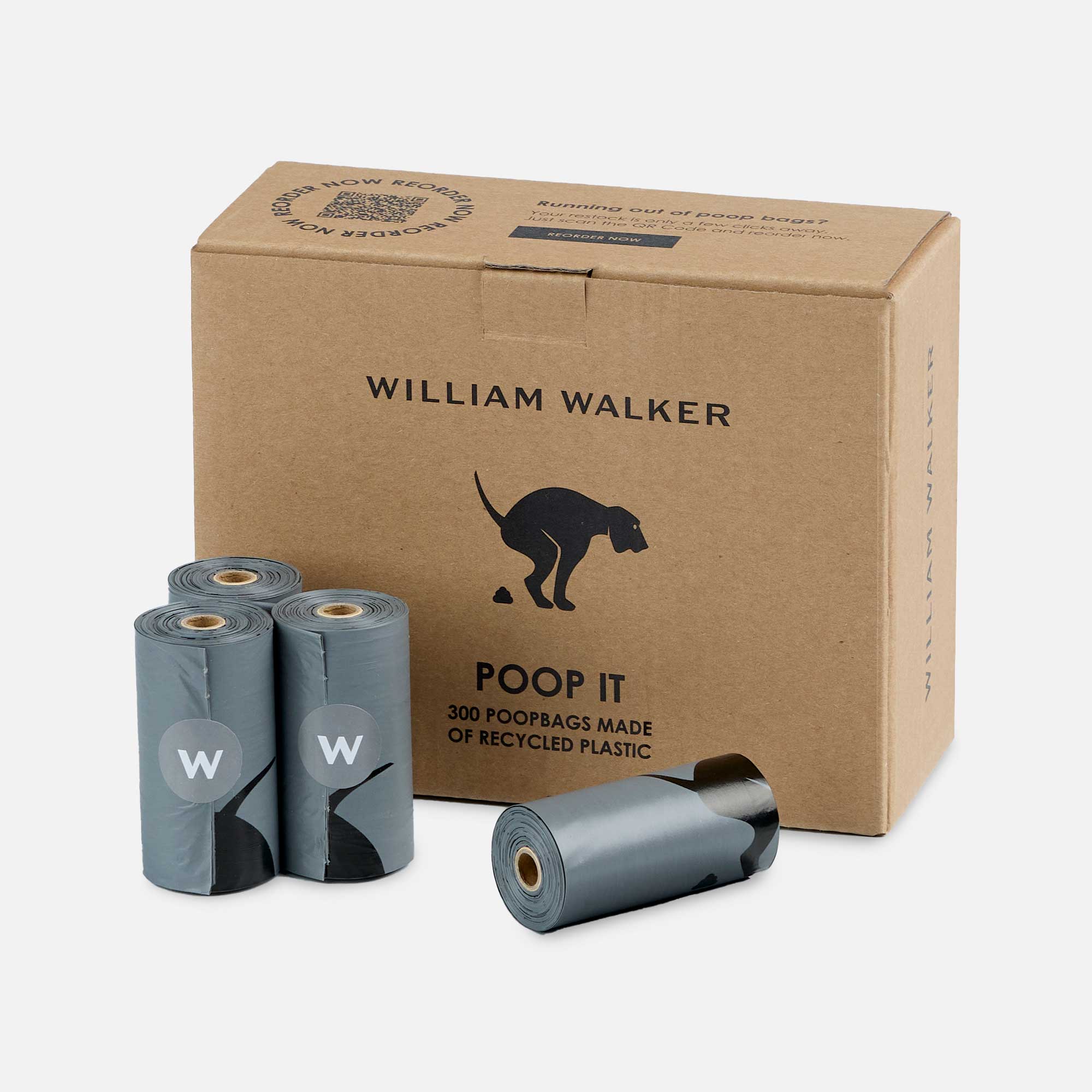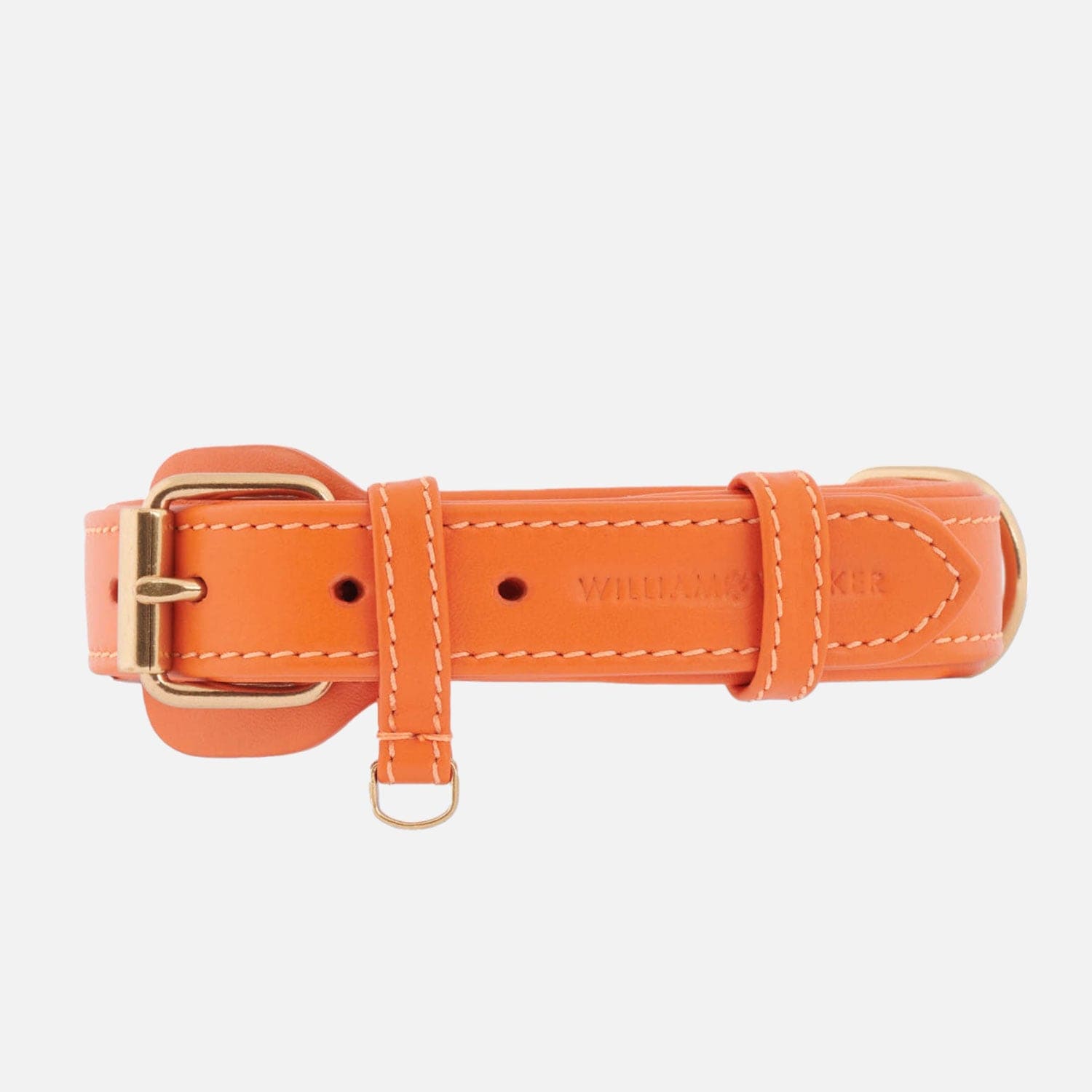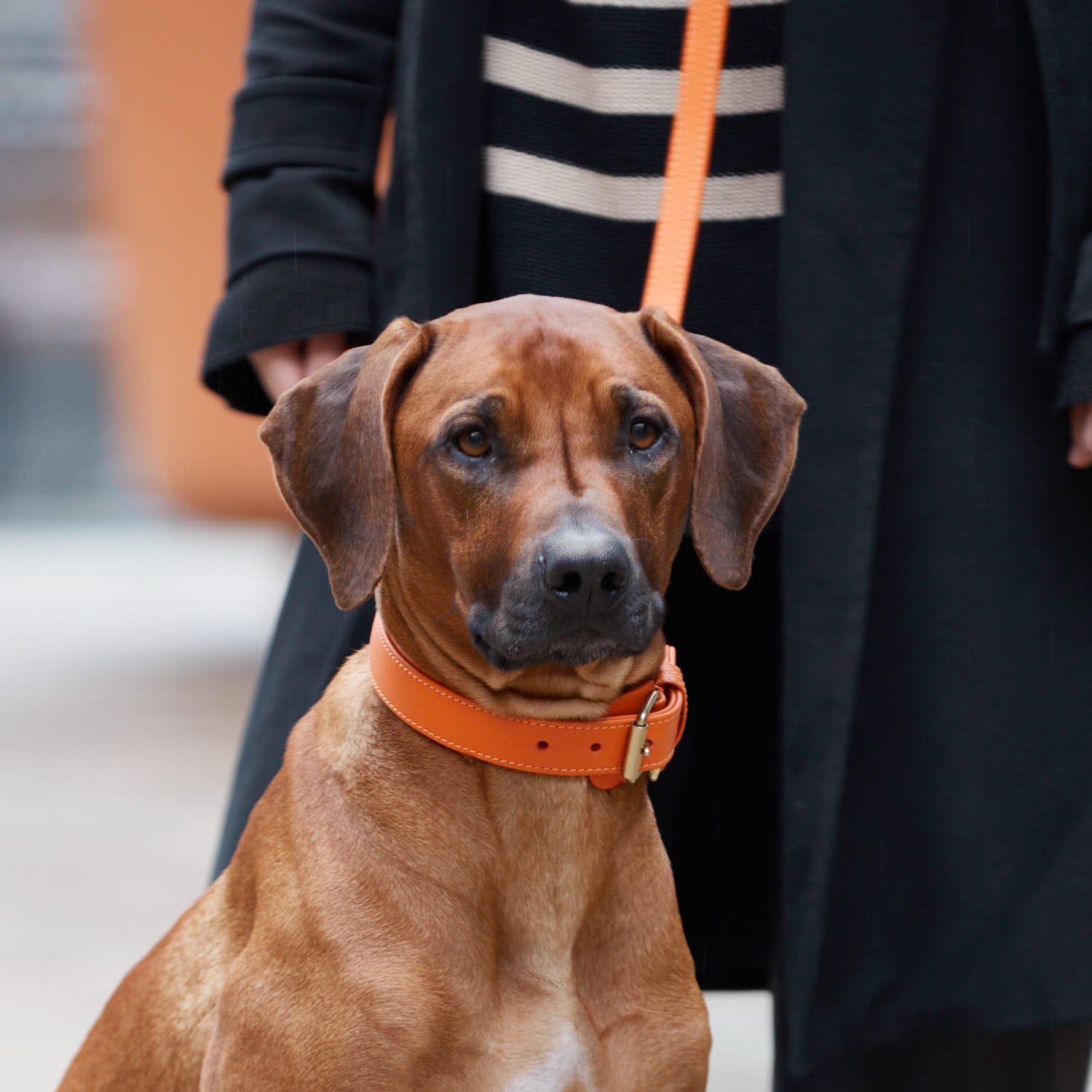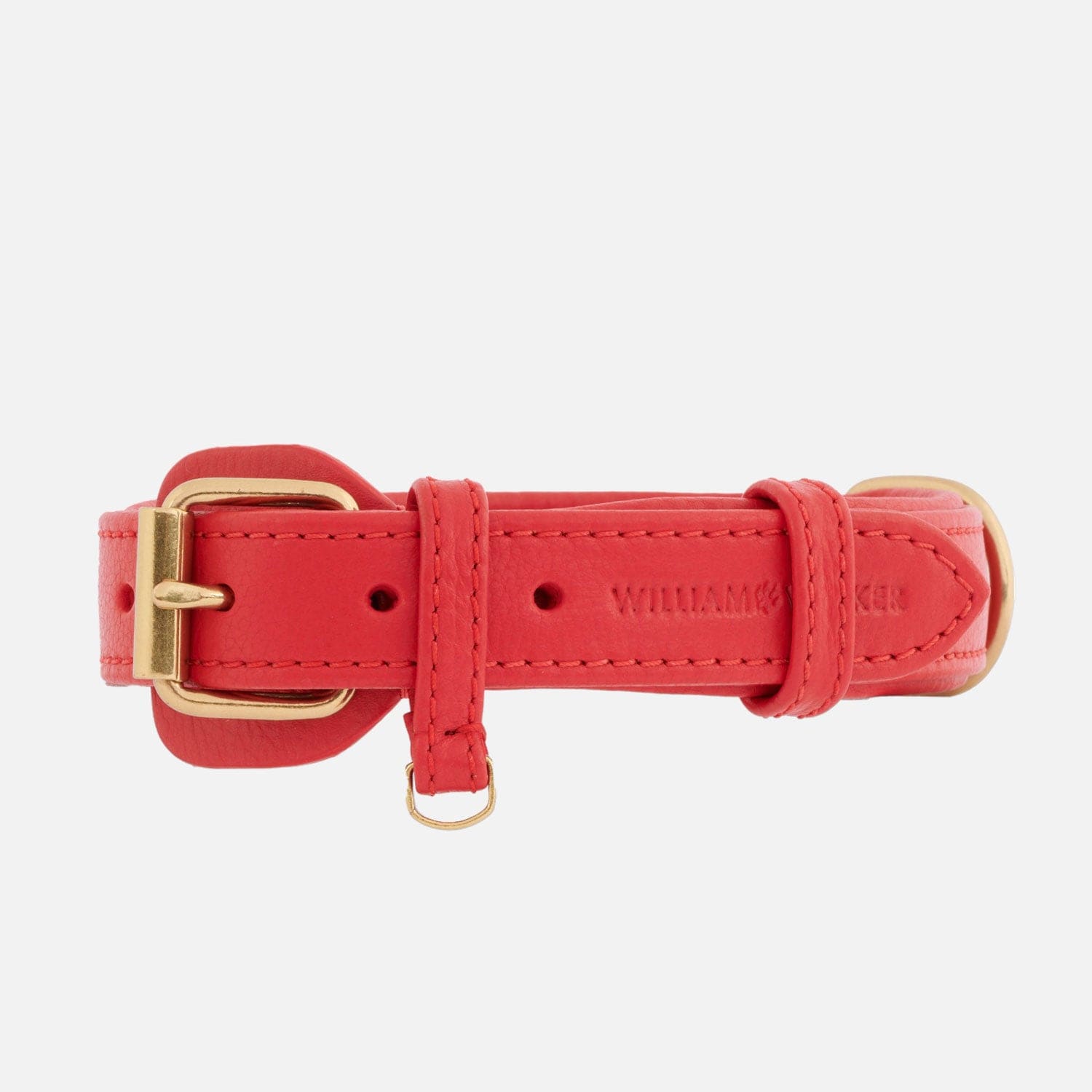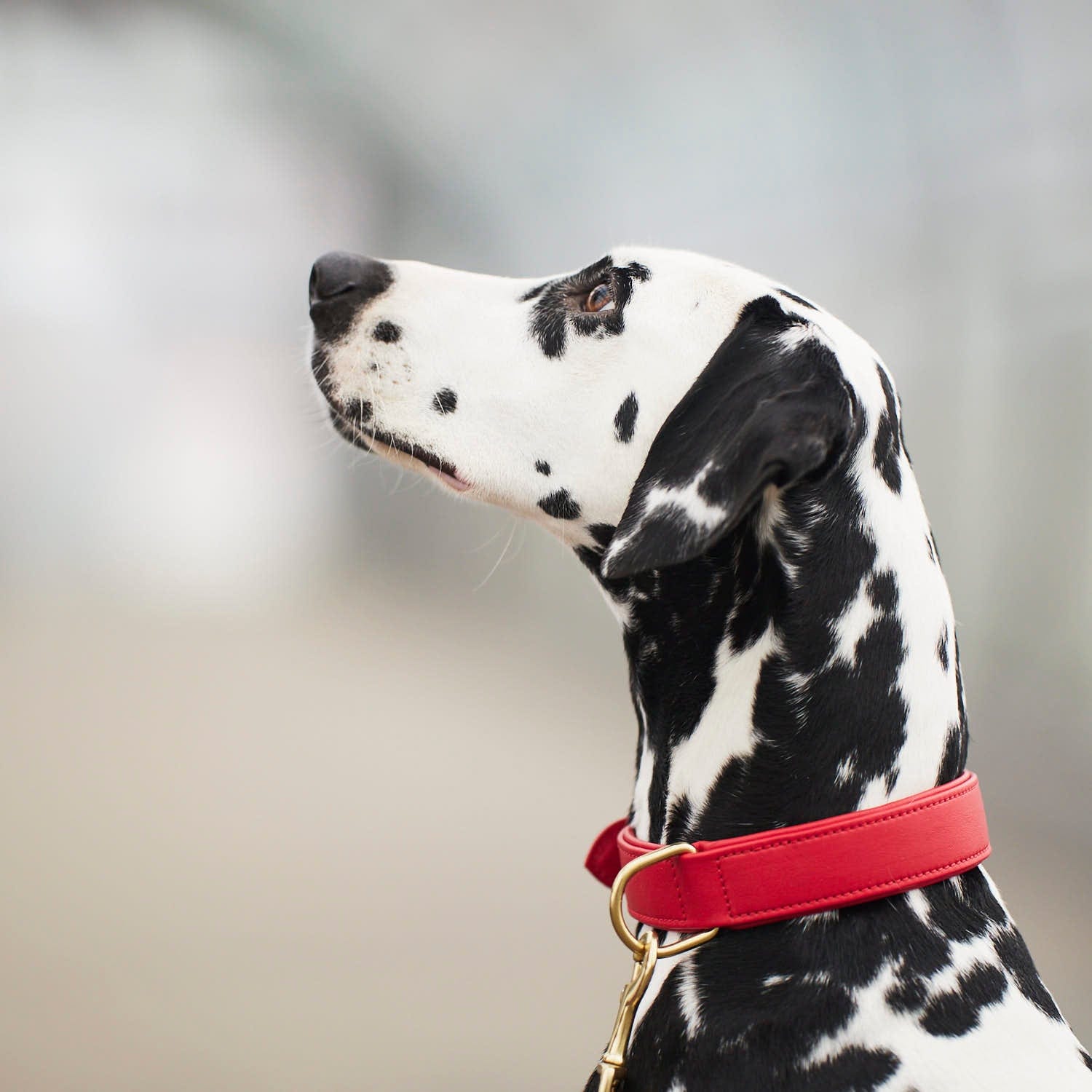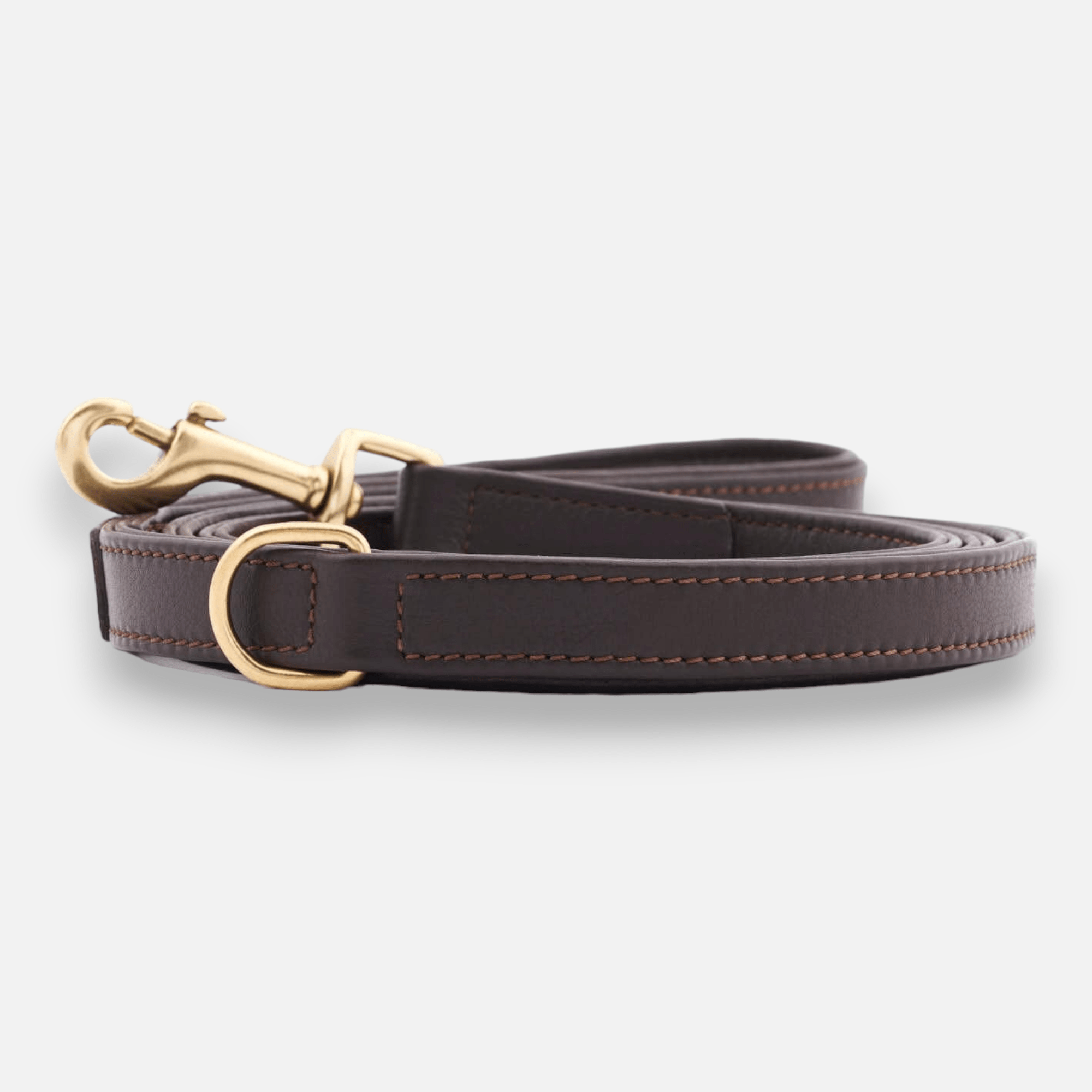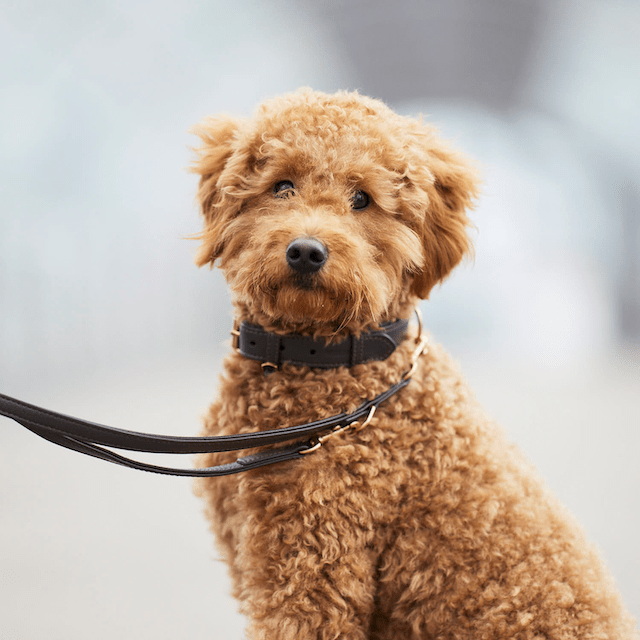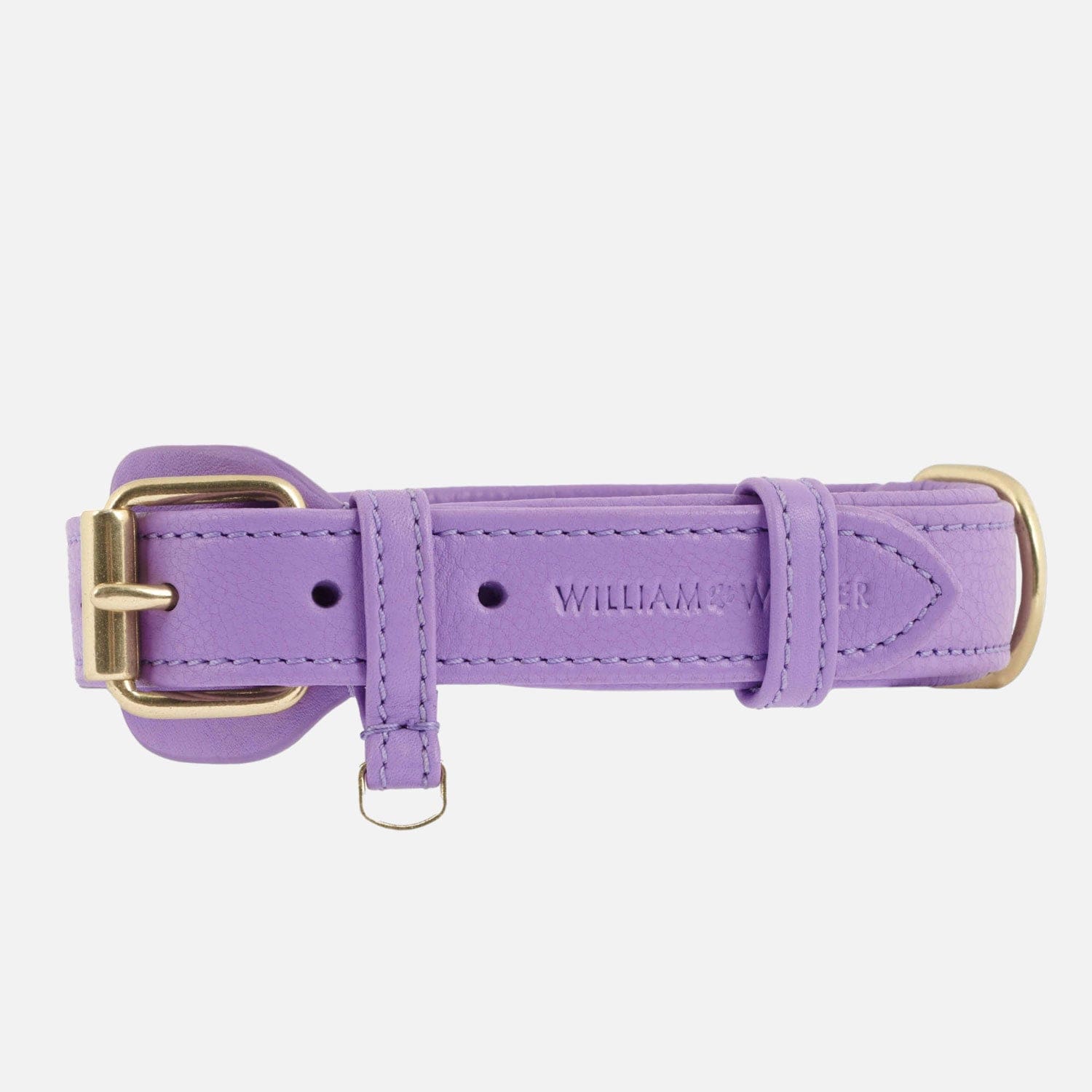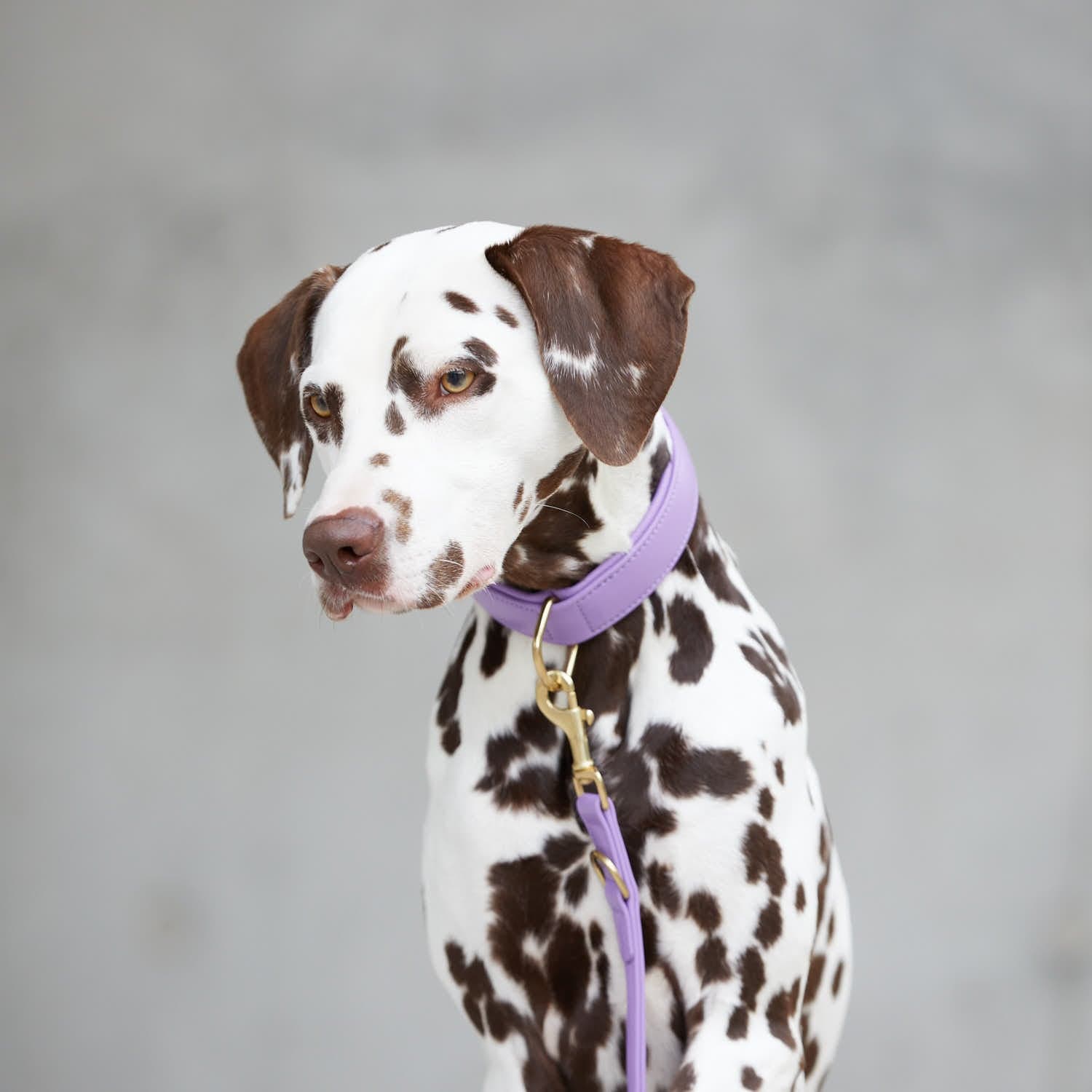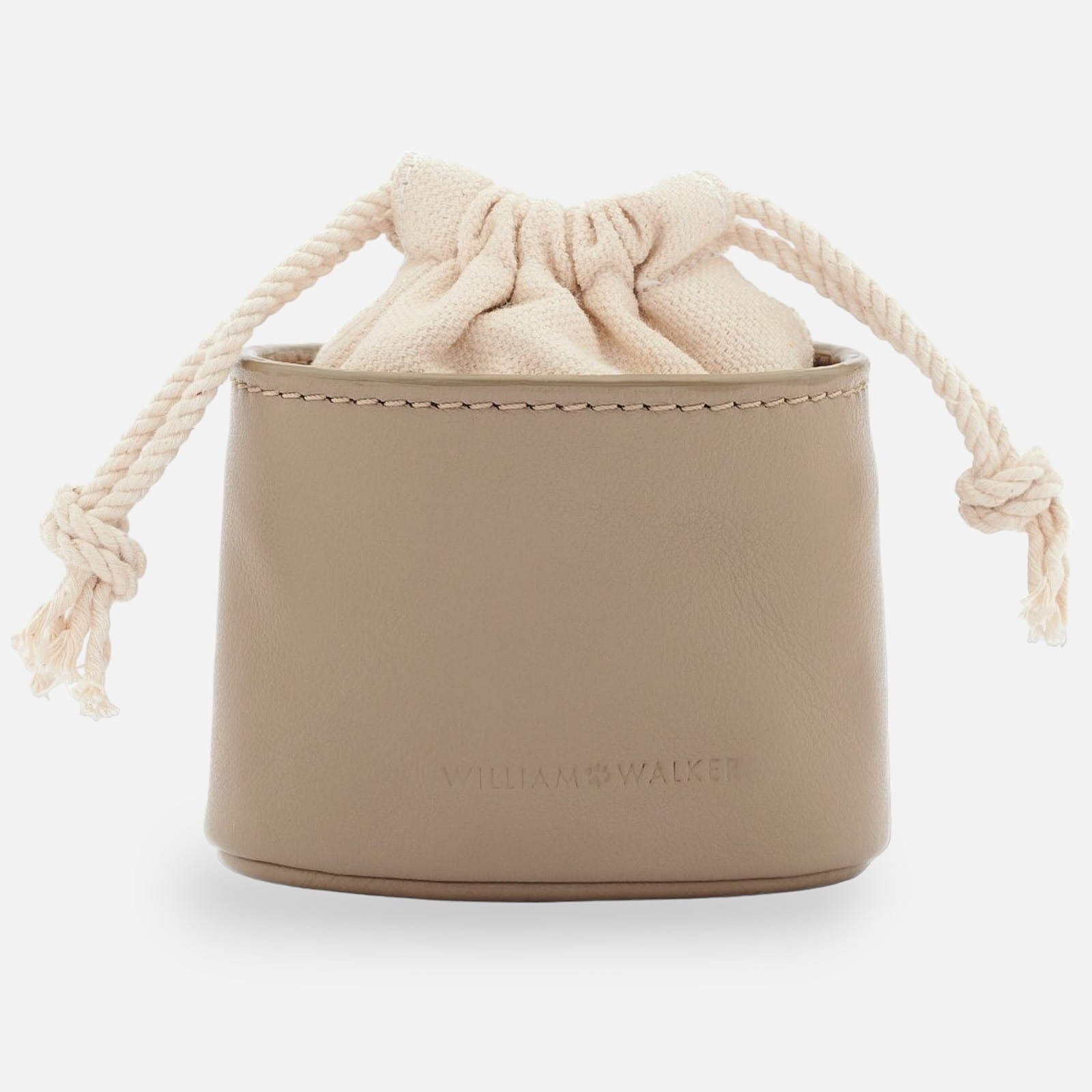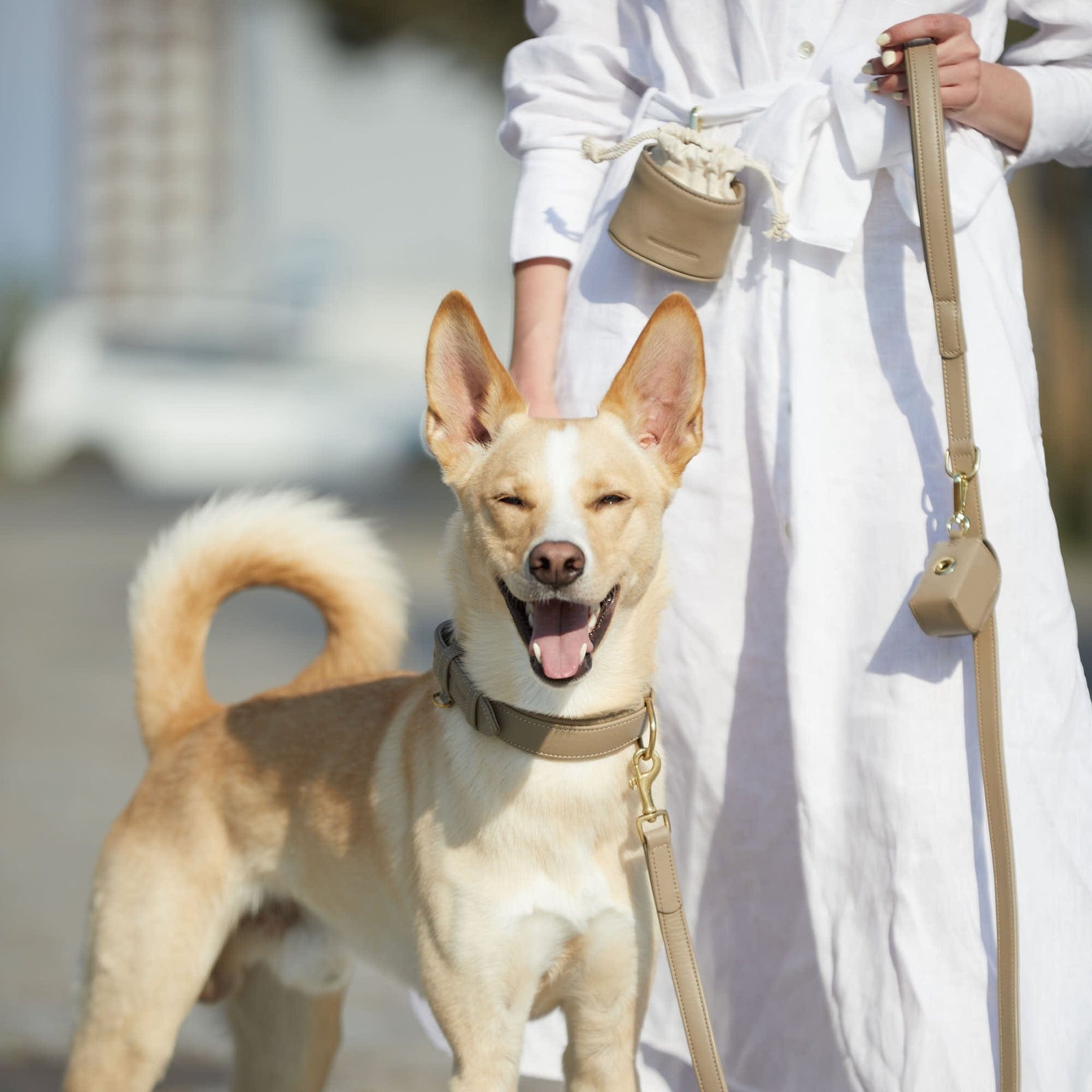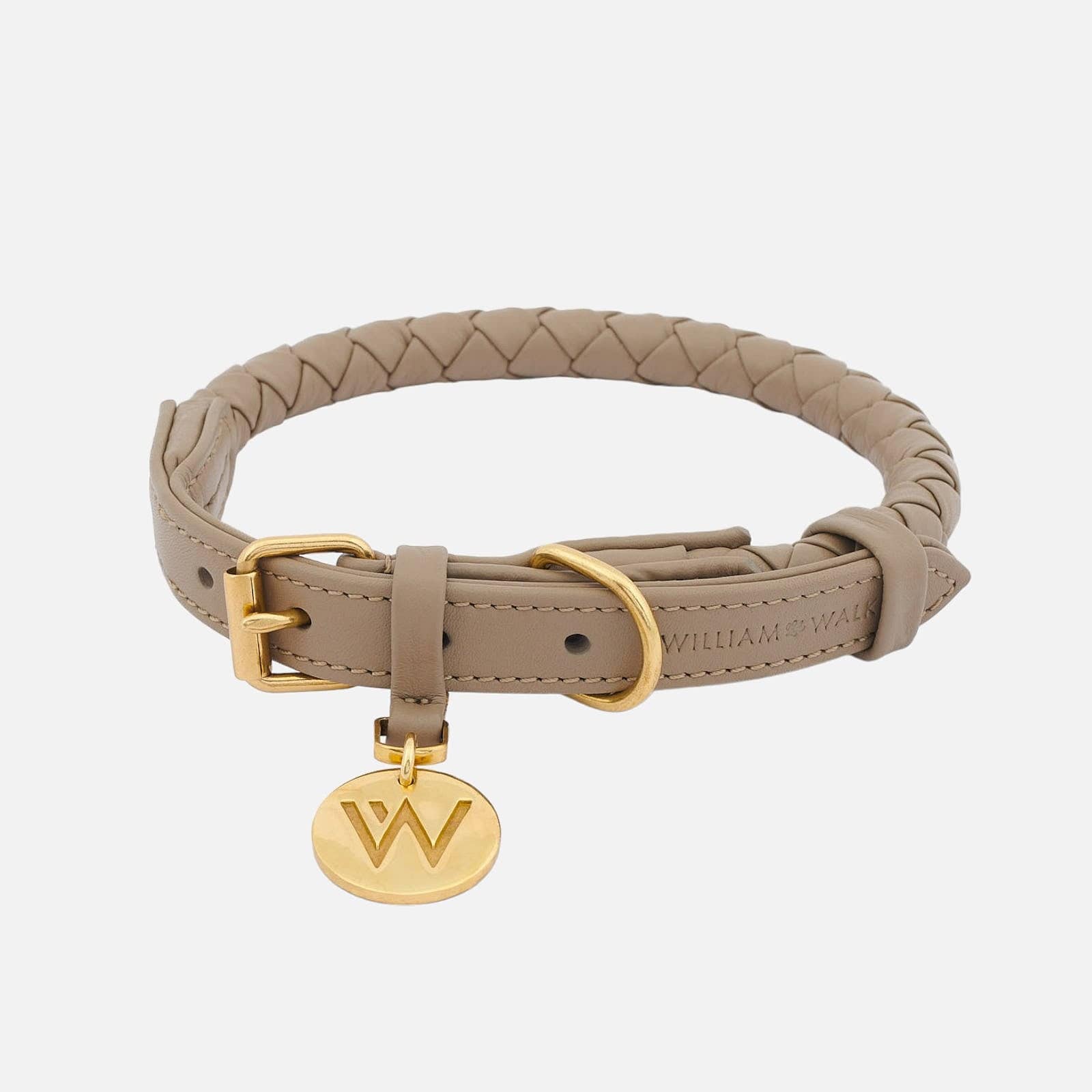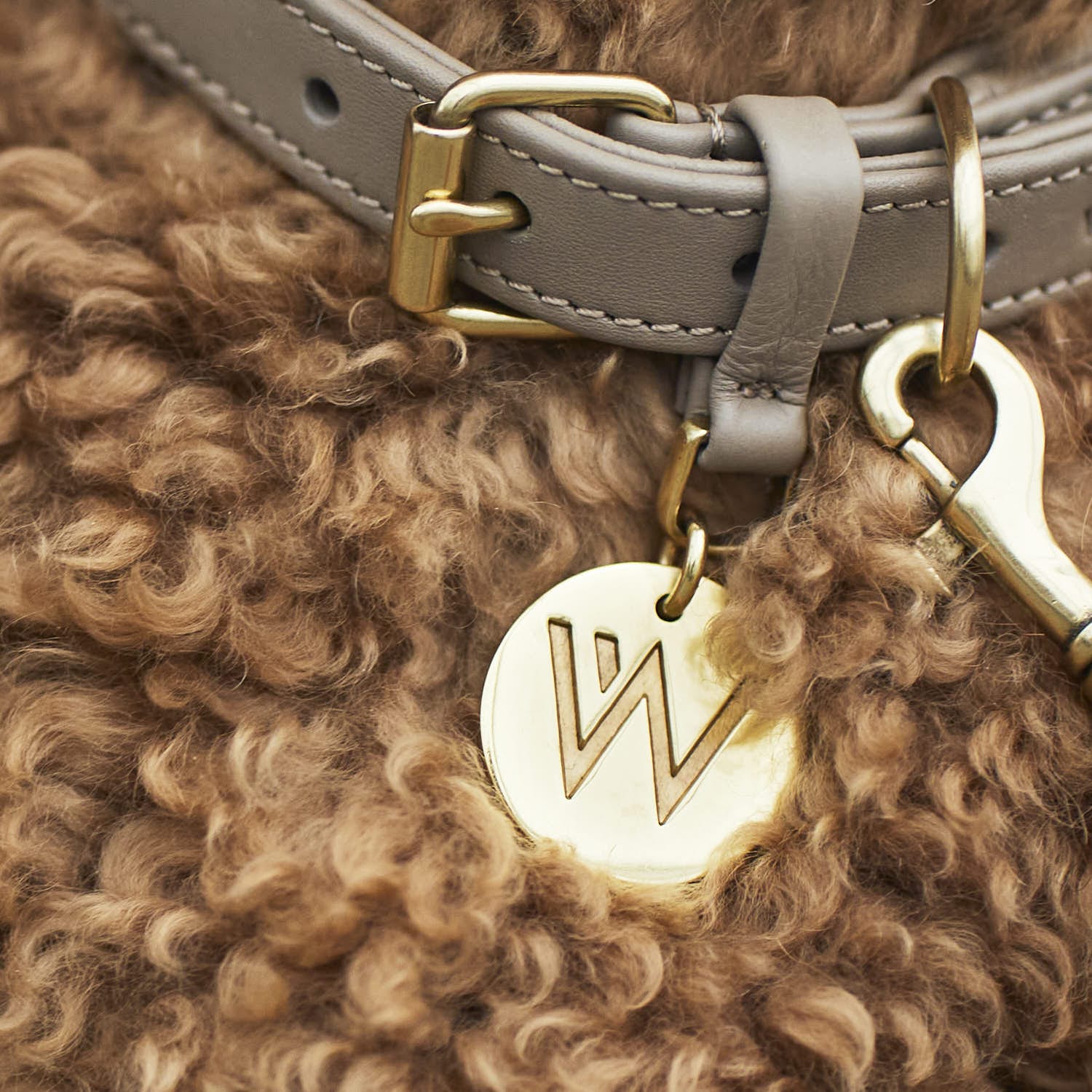
Vet visits are often stressful for both dog and dog owner. But there are ways you can make this experience more positive. In this article, we'll share valuable tips to make vet visits as stress-free as possible for your beloved four-legged friend.
Why are vet visits important?
Vet visits are essential to your dog's health. Regular checkups allow for early detection of health issues and ensure that your dog receives the best care possible.
The importance of stress-free vet visits
Stress can affect your dog's health and make vet visits even more difficult. A relaxed visit to the vet will lead to a better diagnosis and treatment. Veterinarian Dr. Sarah Becker says, "The keys to stress-free vet visits are patience and positive reinforcement. Slowly acclimate your dog to the vet environment, and reward him for good responses."
Tips for relaxed vet visits with your dog include
1. get your dog used to the carrier or car: let your dog have a positive experience with the carrier or car before the vet visit. Games and treats can help improve this association.
2. Positive Reinforcement: Reward your dog with treats and positive reinforcement during the visit. This creates a positive association with the vet.
3. Prepare early: Prepare yourself and your dog in advance. Pack vaccination cards and important paperwork to avoid last-minute stress.
Remedy for nervous dogs - supportive dog accessories.
In situations where dogs are anxious or nervous, special dog accessories can be a valuable help. These accessories are designed to promote the dog's well-being and provide reassurance during stressful moments. Especially when visiting the vet, select accessories can help ease your dog's nervousness and make the experience more pleasant for both of you. For more control and security, for example, wearing a harness might be a good idea - or both dog and vet might be protected by a muzzle.
The muzzle at the vet
The use of a muzzle when visiting the vet can be useful depending on the dog and the situation - but is usually not a must. A muzzle can not only ensure the safety of the vet and staff, but also protect your dog from stressful situations. Some dogs can react unpredictably during medical exams or treatments, especially if they are experiencing pain. A muzzle can help prevent injury.
H3: How do I get my dog used to a muzzle?
Getting your dog used to a muzzle requires patience and positive reinforcement. Here are some steps you can follow:
1. Gradual introduction: start with short, positive interactions with the muzzle. Show it to your dog, reward him with treats, and encourage him to sniff the muzzle.
2. positive association: associate the muzzle with positive experiences. Place treats in the muzzle so your dog can learn that the muzzle is associated with something pleasant.
3. gradual wearing: slowly get your dog used to wearing the muzzle. Put it on briefly at first and then remove it. Increase the wearing time gradually and reward your dog for his calm behavior.
Reward for wearing: Reward your dog for wearing the muzzle. Associate wearing with playtime or a walk to create positive associations.
The importance of aftercare
After the vet visit, it's important to pamper your dog with extra attention and care. This strengthens the positive bond between you. A dedicated resting place allows your four-legged friend to recover from the excitement and process the new impressions. A quiet place, with a comfortable dog bed and familiar smells, creates a calming environment. So choosing a comfortable and healthy place to lie down is elementary. William Walker offers a variety of maximum quality sleepers, such as The Cloud square dog bed with orthopedic flakes or the Comfy round dog beds with plush covers.
Vet visits don't have to be stressful
With patience, preparation and positive reinforcement, you can make the experience more pleasant for your dog and yourself. Remember that a relaxed dog is also beneficial for the vet visit.
Frequently Asked Questions (FAQ)
Question: How often should I take my dog to the vet?
Answer: Regular annual exams are recommended, but more often if needed.
Question: What can I do if my dog is still anxious?
Answer: work with a professional dog trainer to address specific fears.
With these tips, you can make vet visits less stressful for your dog and you. Your dog will thank you, and you can make sure he gets the best medical care possible.
